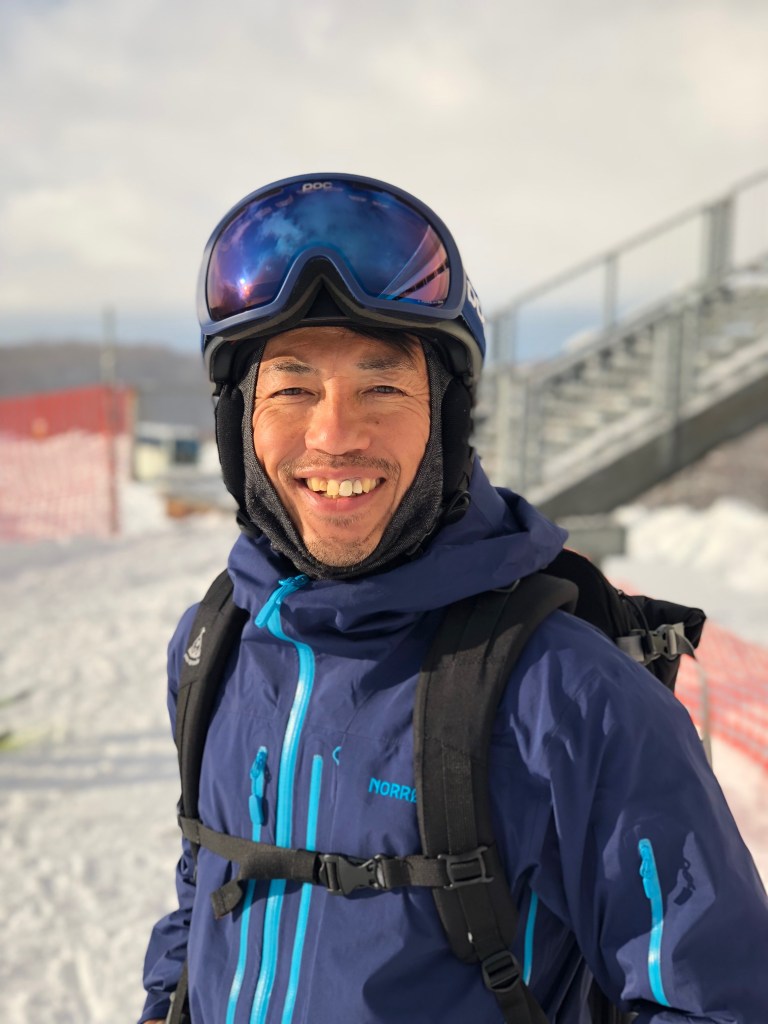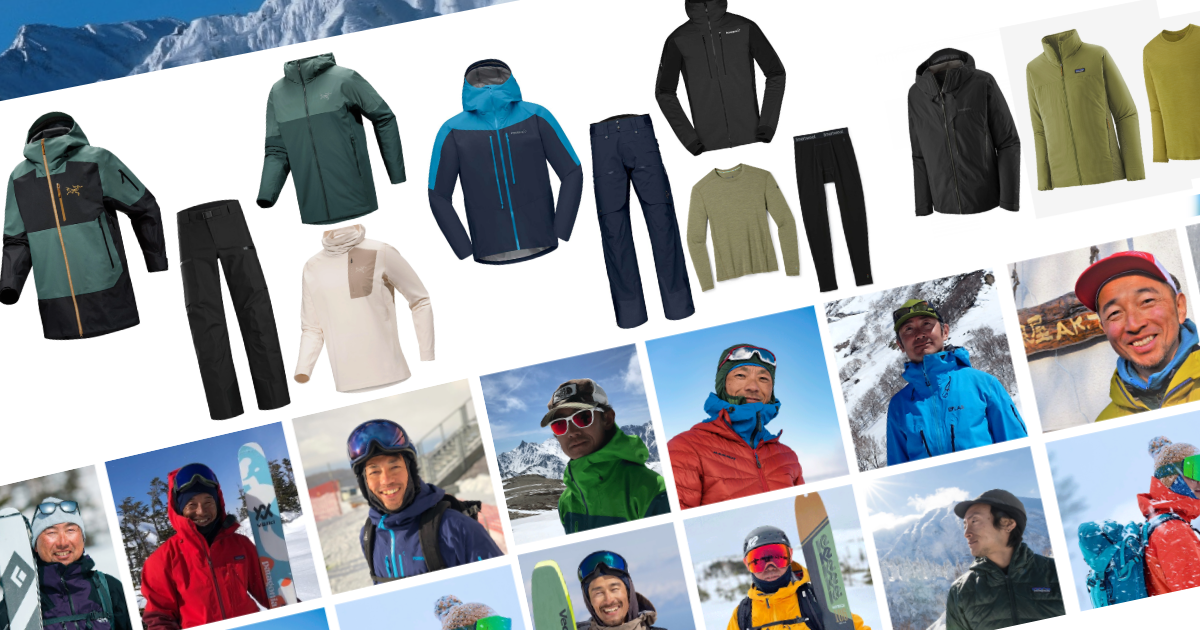Snowy mountains are always at risk of bad weather and hypothermia. There are times when we are suddenly caught in a snowstorm, or forced to hike for long periods of time in the intense sunlight in spring mountains. Even in such harsh natural conditions, backcountry guides must act appropriately while protecting the safety of their guests. For this reason, it is important to maintain a condition that allows for perfect movement. Body temperature regulation through clothing has a major influence on this. We asked professional guides what kind of layering they wear on the mountain and what their impressions are.
*The colors of the clothing posted may differ from the colors worn by the person in question.
Please view this as an introduction to the model only. *For detailed information on the guide club, click on the guide club name and go to the guide club introduction page on STEEP!
Telemark School & Ski Guide Izumiya AK.T | Kenichi Akutsu
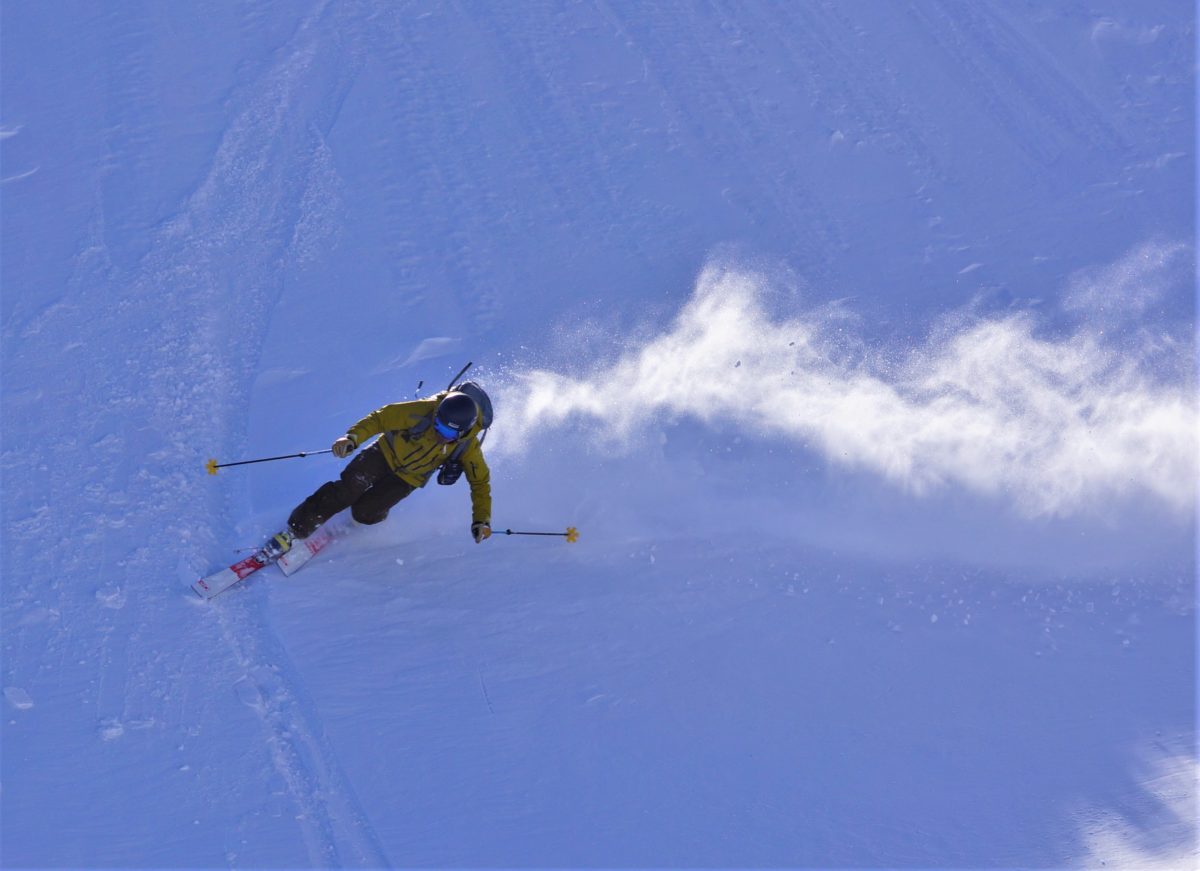
There is also an original dress that matches the situation unique to Minamiaizu.
high season layering
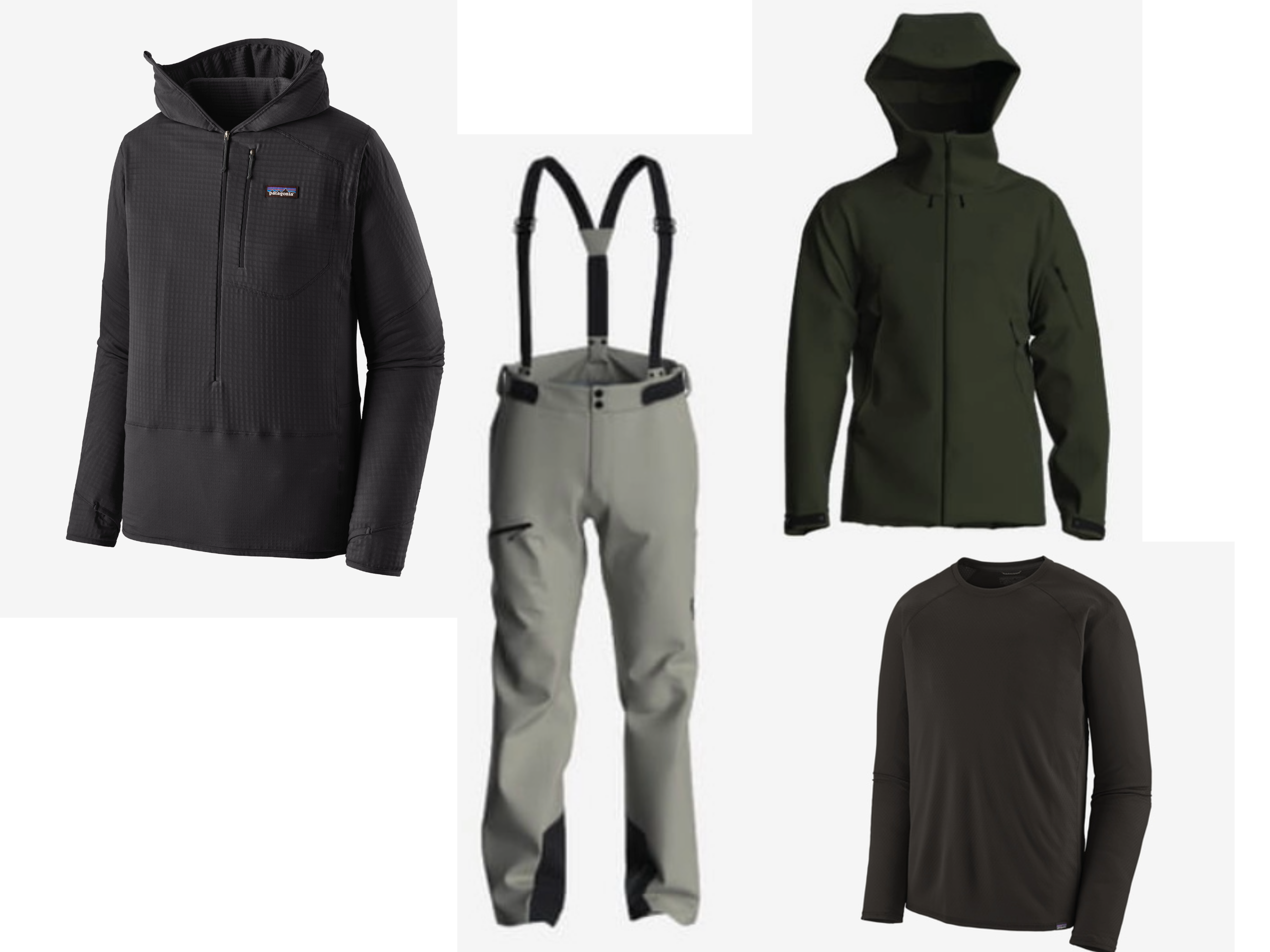
Outer layer: SCOTT | Explorer 3L Jacket & Pants
Middle layer: patagonia | R1 Pullover Hoodie
Base layer: patagonia | Men's Capilene Midweight Crew
How does it feel to use it? (impression)
The outerwear SCOTT Explorer 3L jacket and pants are the best-selling SCOTT wear. It's waterproof and breathable, and there are many convenient pockets for storing notebooks, smartphones, maps, etc. Although it is made in a foreign country, the size is close to Japanese size. The price is also reasonable. The mid-layer Patagonia R1 pullover hoodie is the thinnest fleece, but when hiking up the Russell steep climb in Oku-Aizu in the middle of winter, the combination with the base Capilene is the best for keeping you warm and sweat-wicking.
What's your spring season layering routine?
Instead of the mid-layer R1 Free, I wear a Capilene Hoody base layer and a thinner Capilene layer (from March to April).
Are there any additional tricks you've added?
During the harsh winter months, I carry the Patagonia Nano Air Hoody. Since March, I have been carrying a down vest.
Reviewer
Telemark School & Ski Guide Izumiya AK.T
Kenji Akutsu
[Main guide area] Fukushima Prefecture: Minamiaizu/Hinoemata area
[Qualifications]
JMGA Climbing Guide Stage II
, JMGA Ski Guide Stage II
, TAJ Telemark Ski Instructor
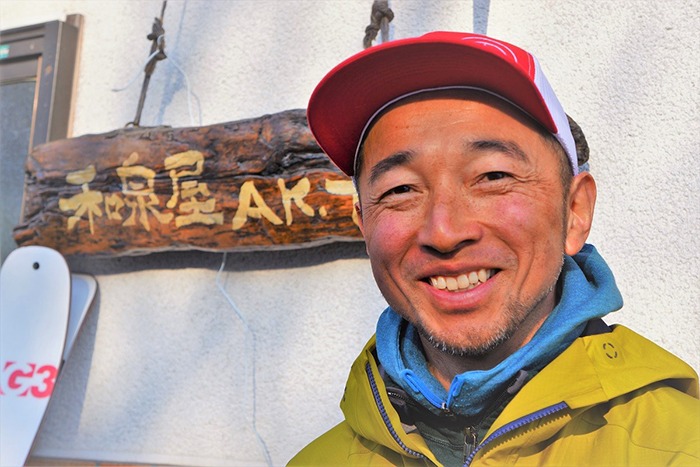
Rhythm Works|Ryuta Asahi
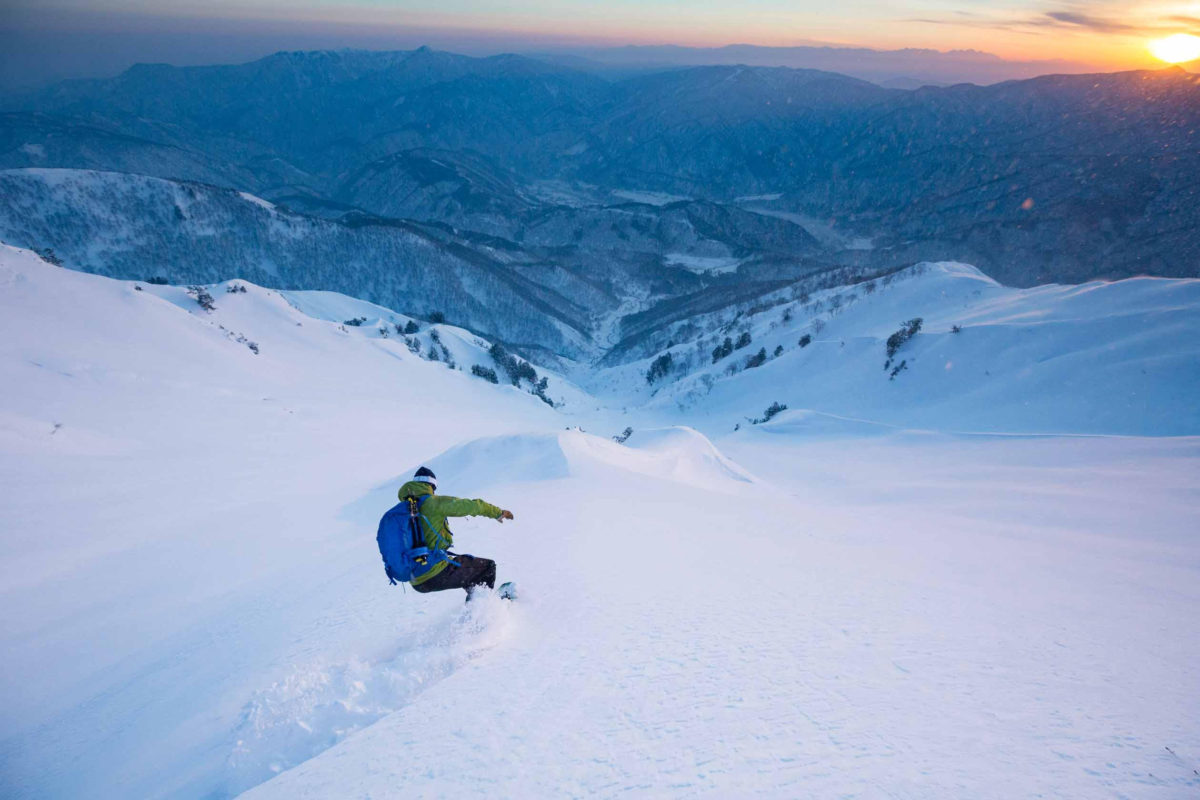
Considering the characteristics of the area where you will be active and the altitude, choose a product that balances heat retention, moisture permeability, and breathability.
high season layering
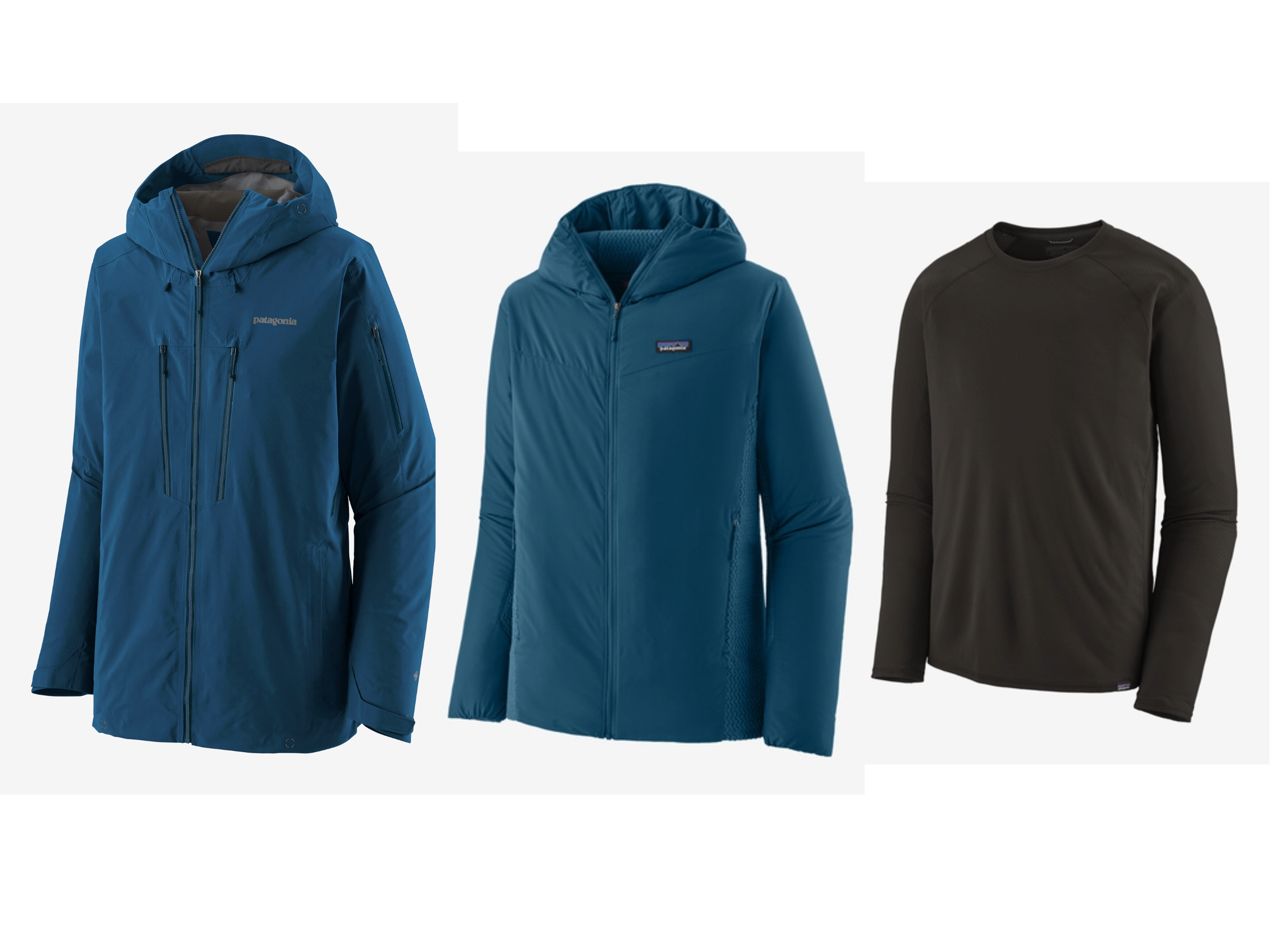
Outer layer: patagonia|Paw Slayer Jacket
Middle layer: patagonia|Nano Air Light Hybrid Hoody
Base layer: patagonia|Capilene Midweight Crew
How does it feel to use it? (impression)
Consider the characteristics of the area you will be operating in, the altitude, and the balance between heat retention, moisture permeability, and breathability when choosing. For the 2023-24 season, I changed my mid layer to Patagonia Nano Air Hybrid. A setup that takes into consideration humidity and temperature to allow heat to escape while hiking and prevent you from getting wet with sweat. Capilene Air is used for Nano Air, which emphasizes heat retention but also has excellent moisture permeability, because we operate in areas with high altitudes, inland areas, and high latitudes that are dry, cold, and affected by wind.
What's your spring season layering routine?
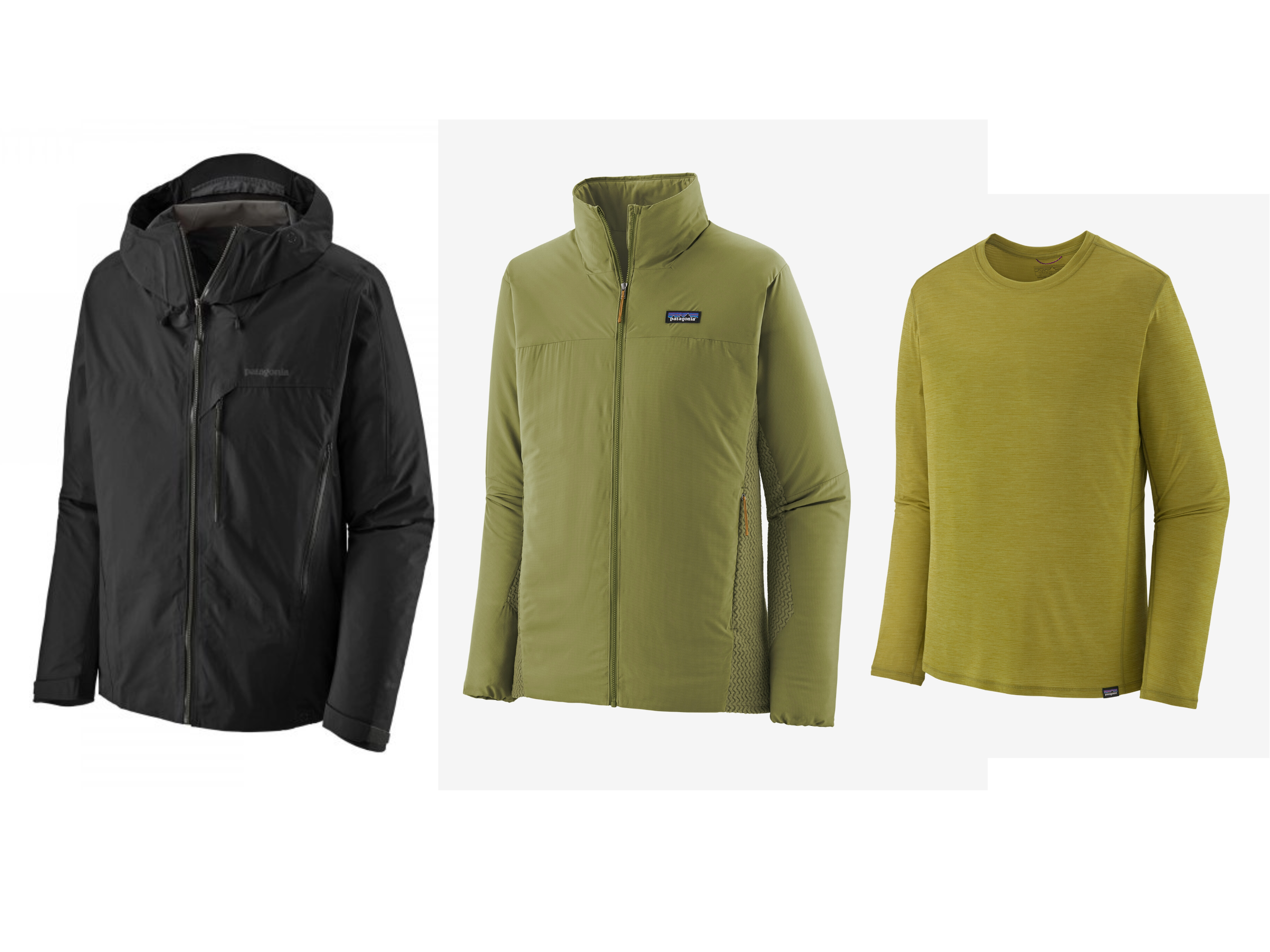
Outer layer : Patagonia | Pluma Jacket
Middle layer : Patagonia | Nano Air Light Hybrid Jacket
Base layer : Patagonia | Capilene Cool Lightweight or Houdini Air can also be carried as a midweight wind shell
Are there any additional tricks you've added?
During breaks, immediately put on insulation to keep your body cool.
ReviewerRhythm
Works
Ryuta Asahi
[Main guide area] Shirakawago, Tateyama, Hakuba, Hirayu, Hoki Daisen *Mainly Hida Mountains and Ryohaku Mountains
[Profile]
Climb the mountains throughout the four seasons according to the rhythm of nature.
A multi-purpose mountain guide who conveys the appeal of a wide range of mountains, from general traverses to variation routes, mountain climbing to backcountry riding. [Qualifications held]
・JMGA Mountain Guide Stage I
・JMGA Ski Guide Stage II
・JAN Avalanche Worker Level 2
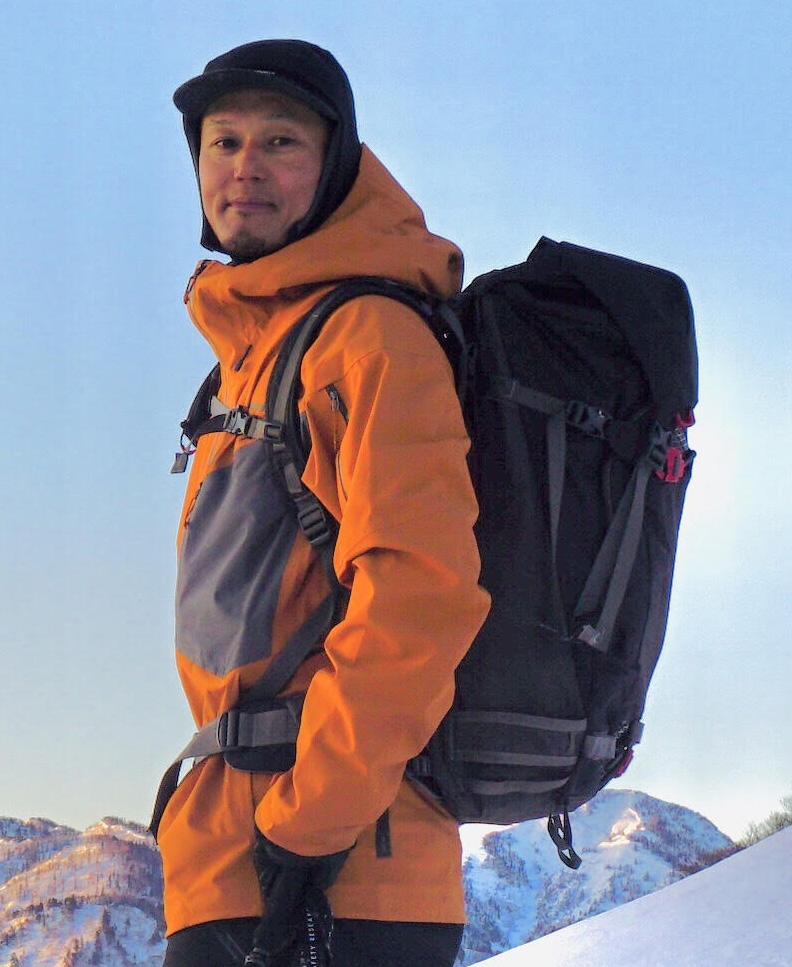
Kagura Powder Station |Kazuya Igarashi
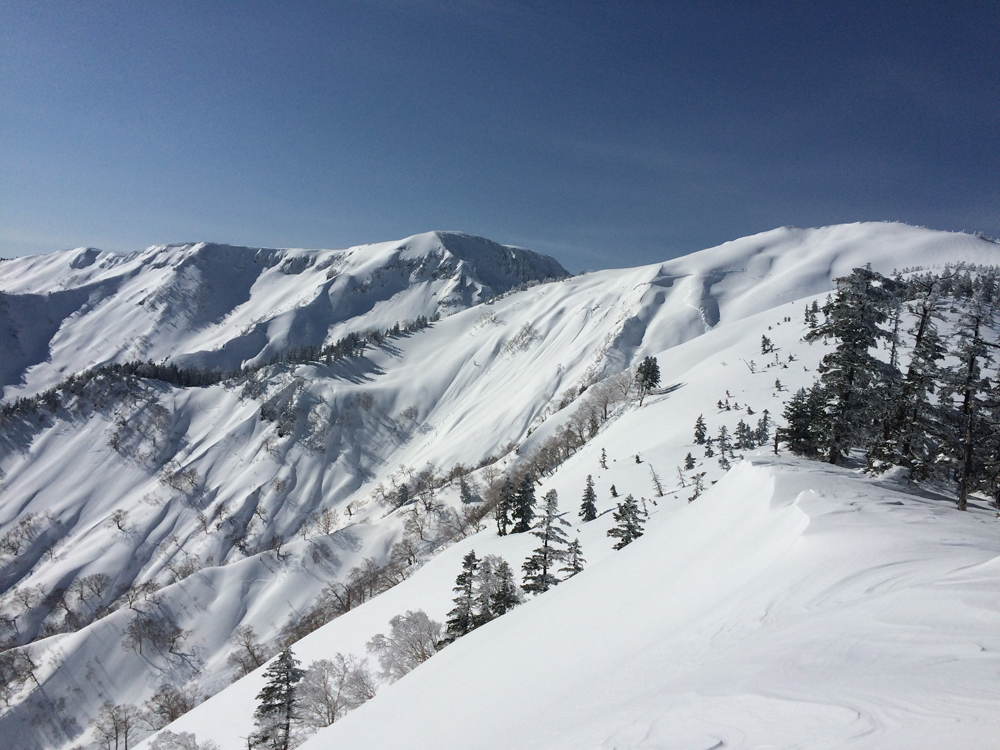
It has good heat retention, breathability, waterproofness, etc. and can be used functionally.
high season layering
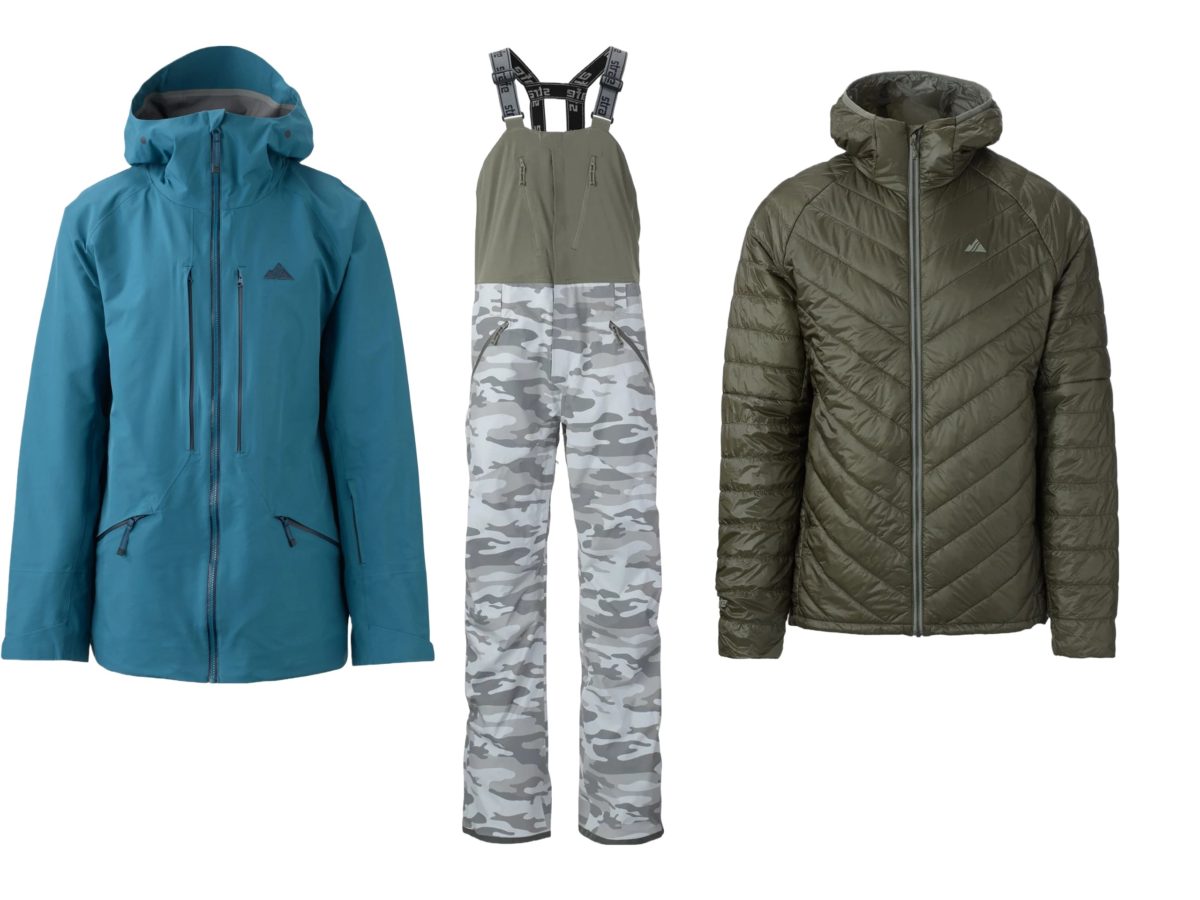
Outer layer: STRAFE | Nomade jacket & Nomade bib pants
Middle layer: STRAFE | Aero insulator
Base layer: STRAFE | Hoodie base layer
How does it feel to use it? (impression)
Each layer has good heat retention, breathability, waterproofness, etc., and can be used functionally. The jacket's pockets are large and easy to use even with gloves on.
What's your spring season layering routine?
A thin windbreaker is used for the outer. Inner down is always equipped.
Are there any additional tricks you've added?
Inner down is always equipped. Always equipped with over mittens.
Reviewer
Kagura Powder Station
Kazuya Igarashi
[Main guide area] Entry from the BC gate at the top of Kagura Ski Resort No. 5 Romance Lift / Other areas: Spring Tateyama, Gassan
,
Mt. Trained by Satoya, Miura, Tsukuda, and Hara.
He worked with Yuichiro Miura and was active in Snow Dolphin. In 2008, he climbed Mount Everest with Mr. Currently supporting Kagura Powder Station as a BC ski/climbing guide. [Qualifications held]
・JMGA Ski Guide His Stage I
・JMGA Climbing Guide Stage II
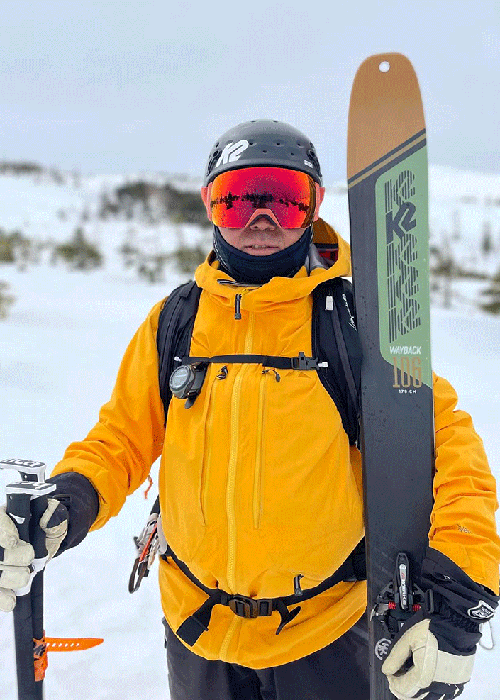
Kuroda Mountain Guide Office |Makoto Kuroda
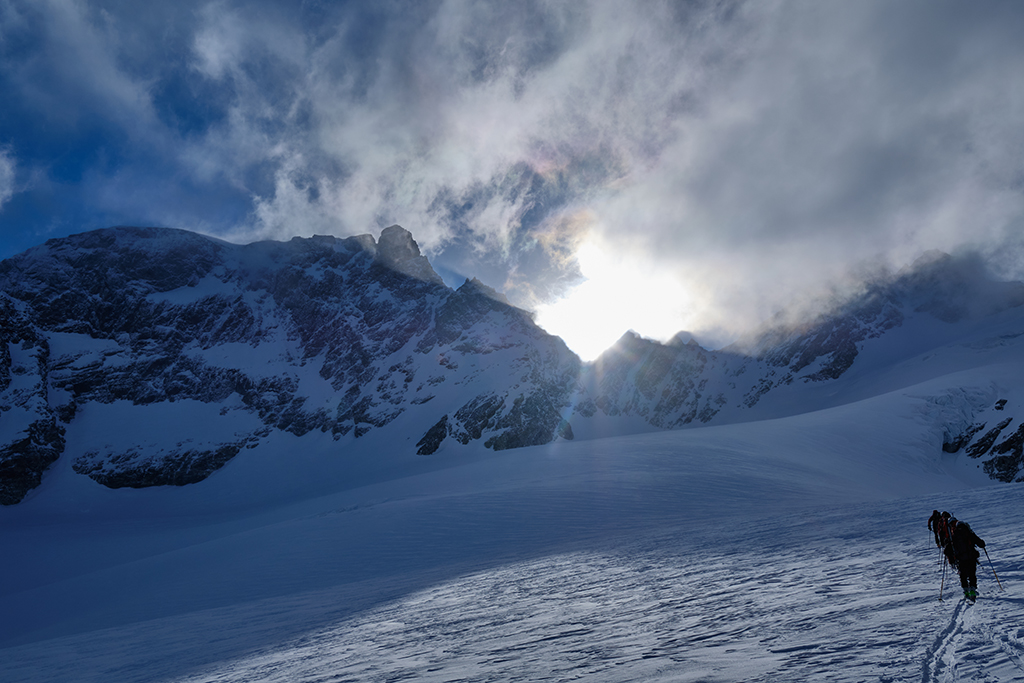
Each layer is selected and adjusted according to how it moves on snow
high season layering
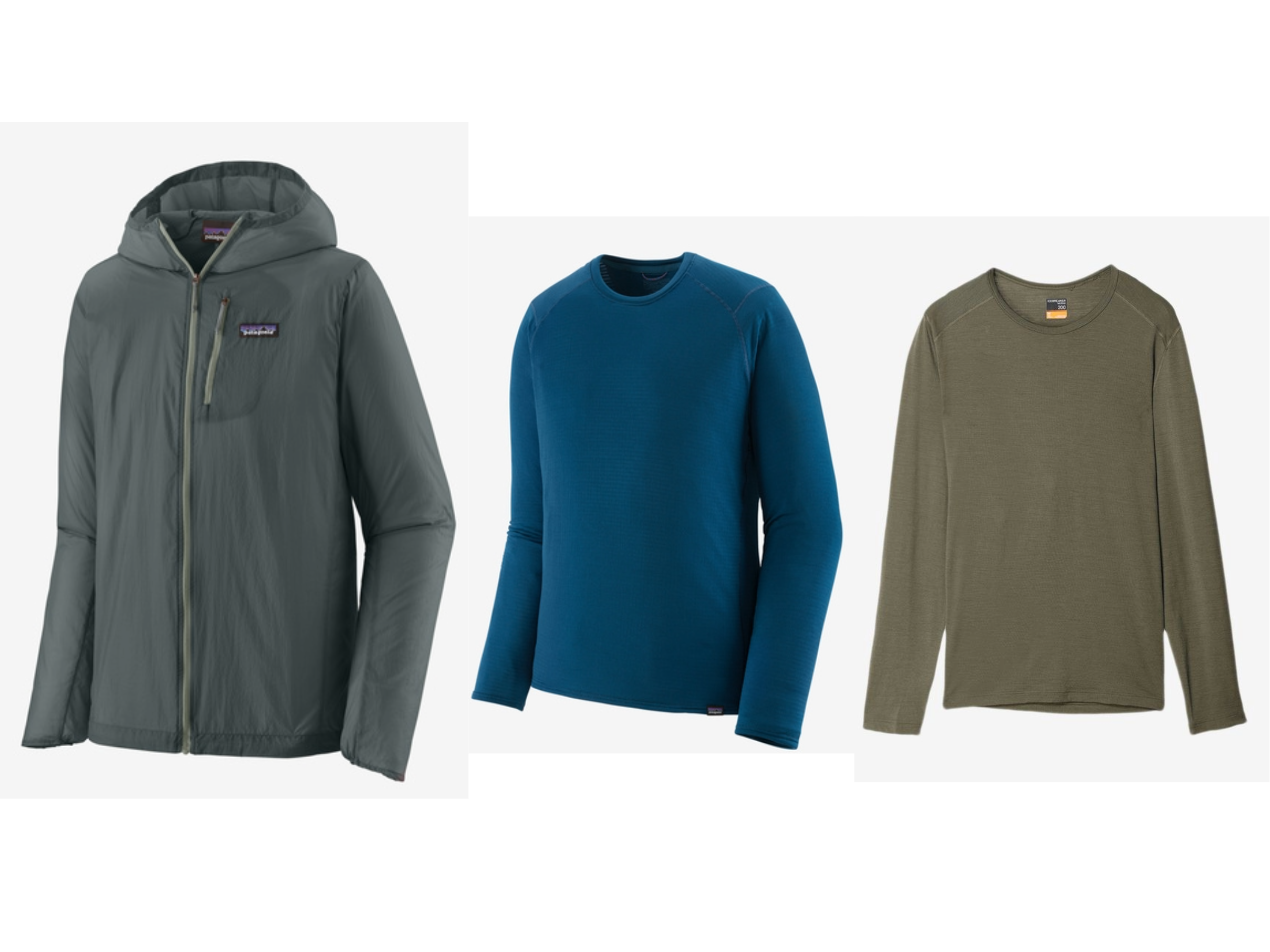
Outer layer: patagonia|Houdini Jacket
Middle layer: patagonia|Capilene Thermal Weight
Base layer: Icebreaker|200 series
How does it feel to use it? (impression)
When climbing, I wear a Patagonia Houdini jacket, Capilene thermal weights, and Icebreaker underwear.
So when it's cold, I wear a micro puff vest over the top. I always wear a hard shell and to avoid overheating, I use a lot of thin soft shells like the Houdini jacket. It is also economical as the hard shell lasts a long time. Since the shell is often taken off and carried, it is important that it be light and small. The most important thing about the shell is the shape of the hood. Can you see and breathe in strong winds? The hardshell powder skirt is actually unnecessary equipment since I carry a backpack in the mountains, so I cut it off.
What's your spring season layering routine?
I often pair Icebreaker's light wool T-shirt with Patagonia's Airshed Pro pullover. For day trips, I use soft shell pants and a thin rain jacket as backup, and for overnight trips, I use Black Diamond active shell pants.
Are there any additional tricks you've added?
I pack my synthetic cotton jacket in a place where I can take it out quickly. To be the first thing to wear during breaks.
Reviewer
Makoto Kuroda Kuroda Mountain Guide Office
[Main guide area] Focusing on Joshinetsu, to the area of your choice
[Profile]
A private guide with a small number of people, supporting a mountain trip full of originality that suits each level.
We provide services that value not only skiing but also the spirit of travel. [Qualifications]
・International mountain guide
・JAN avalanche operator Level 2
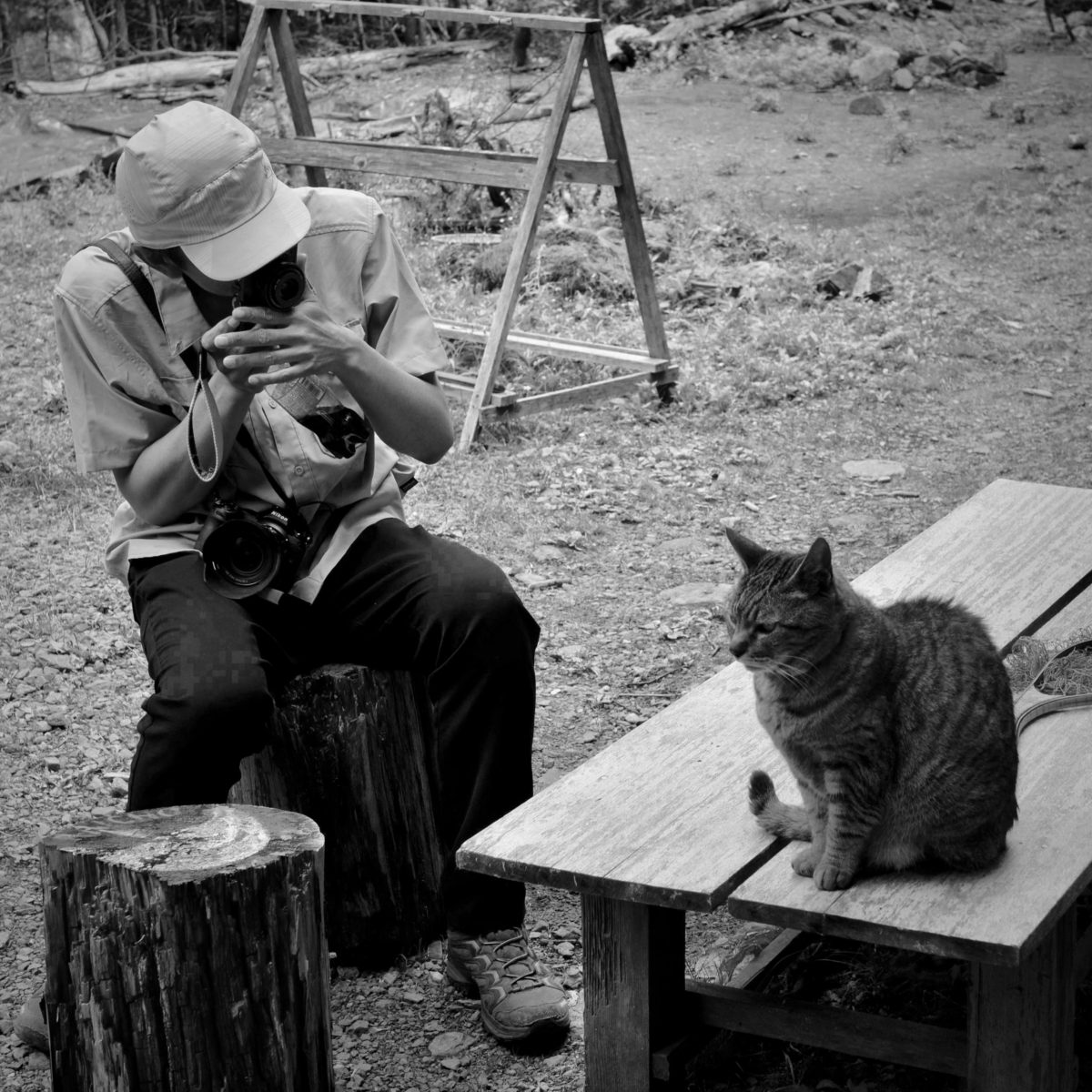
CIRCLE GAME guide service |Shohei Sasaki
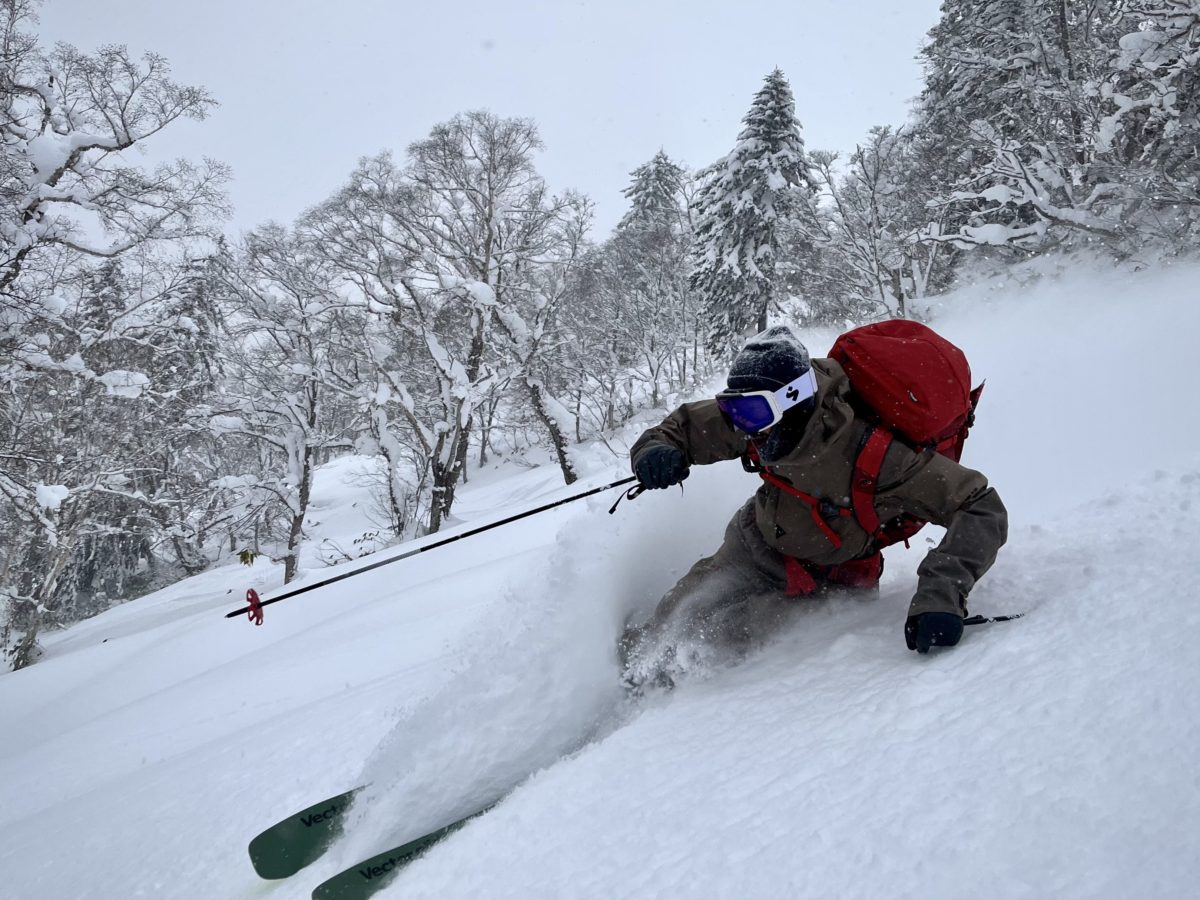
The trick with layering is not to be lazy
high season layering
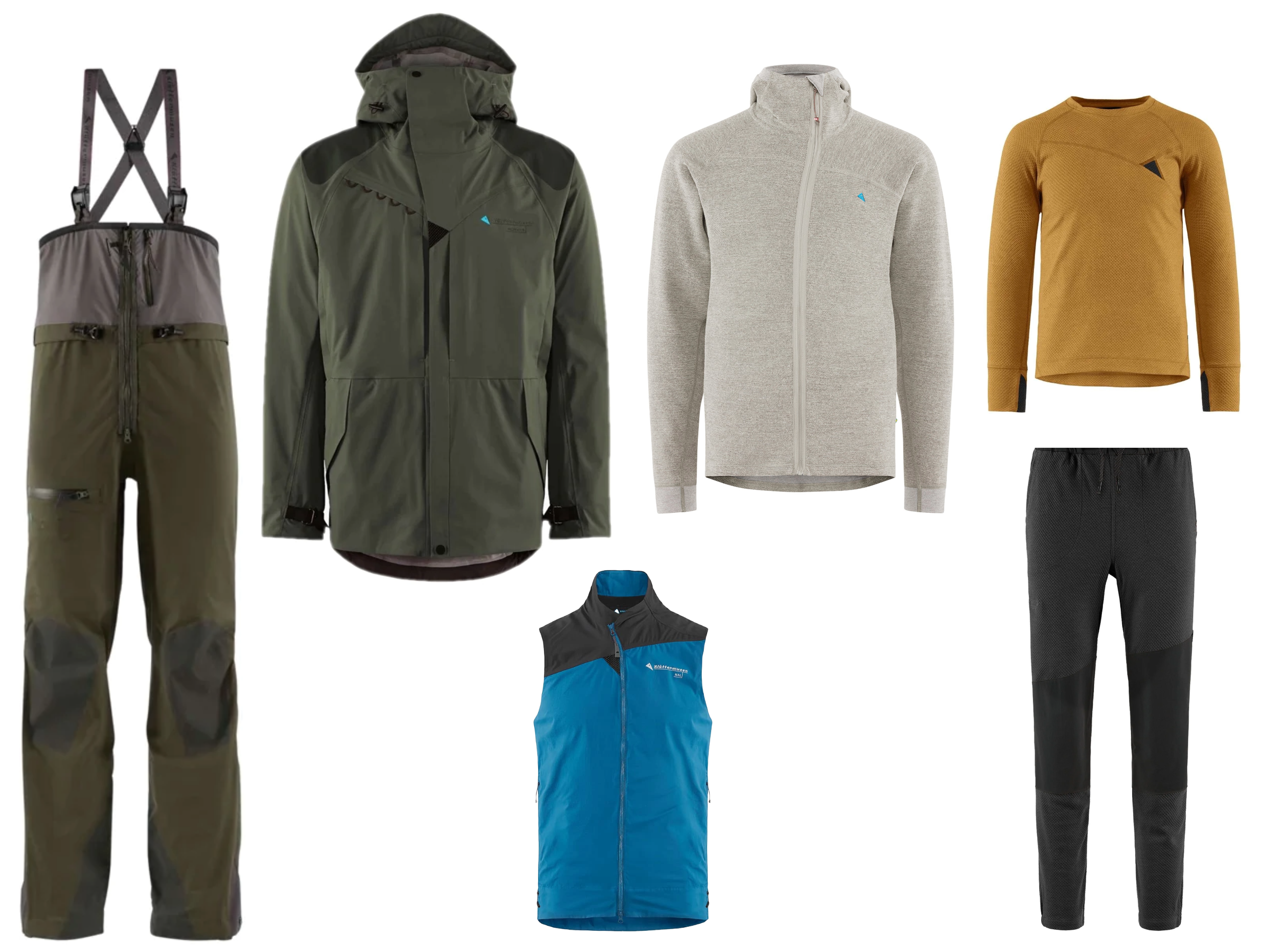
Outer layer: klattermusen | Skirner Jacket/Skade 2.0 Salopette
Middle layer: klattermusen | Hodur Hooded Zip/Nal Vest
Base layer: klattermusen | Huge Crew/Hugin Pants
How does it feel to use it? (impression)
The outer shell has a loose fit and the fabric is very soft, so you can wear it all day without any stress.
The midlayer is a combination of hoodie-type fleece and a windshell vest. I often walk while walking at the front, so I really like that I can make detailed adjustments, such as taking off the fleece and wearing a vest over a base layer to avoid overheating. Choose an overdown that is sized so that it can be worn over the outer shell. There are many days when I can't let go of my down, from the time I'm preparing for a run until just before I start my next climb. I recommend wearing down outside as it is easier and warmer than wearing it inside an outer shell.
What's your spring season layering routine?
Change the top of the base layer to thin wool. Other than that, I use the same ones as the high season.
Are there any additional tricks you've added?
It's not a trick, but if it's hot, take it off immediately, and if it's cold, put it back on. The trick with layering is to not get lazy. Once that is done, the next step is to take it off if it looks like it's going to get hot, and put it on if it looks like it's going to get cold. As you walk up the mountain, be aware of the route and conditions ahead, and anticipate the situation.
Reviewer
CIRCLE GAME guide service
Shohei Sasaki
[Main Guide Area] Hokkaido
[Profile]
Born in Nanae Town, Hokkaido. Based in Sapporo, he guides backcountry skiing in the winter and guides a wide range of Hokkaido's nature in the summer.
He likes to combine climbing and skiing. [Qualifications held]
・JMGA Climbing Guide Stage II
・JMGA Ski Guide Stage II
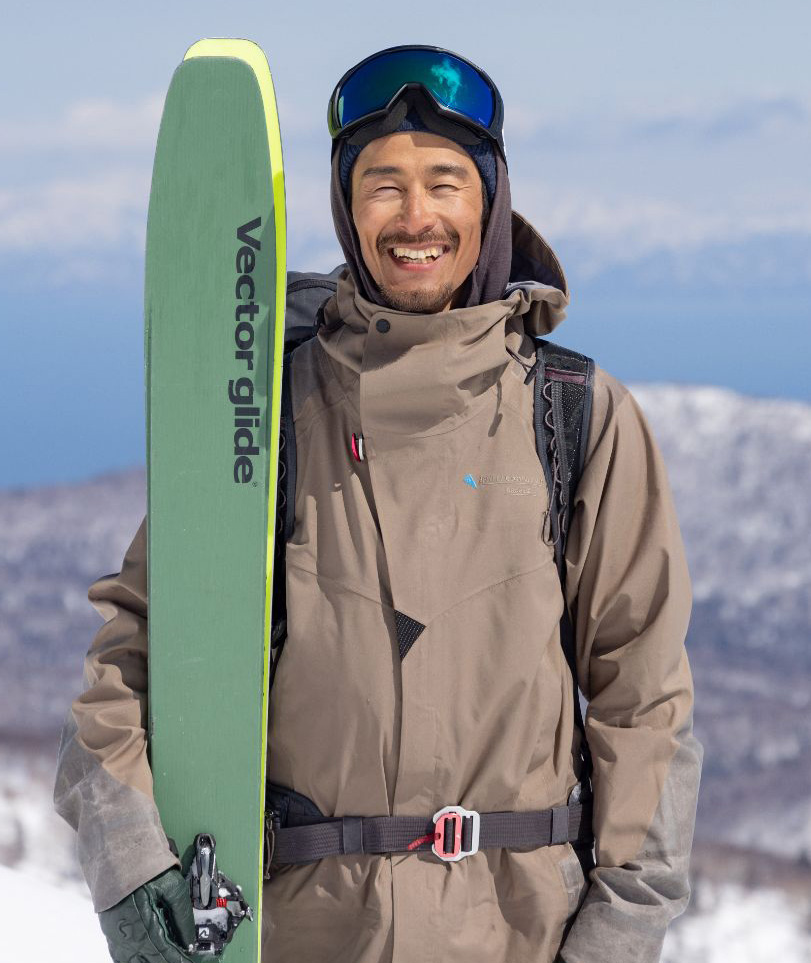
Power Zone Hakuba | Mamoru Takahashi
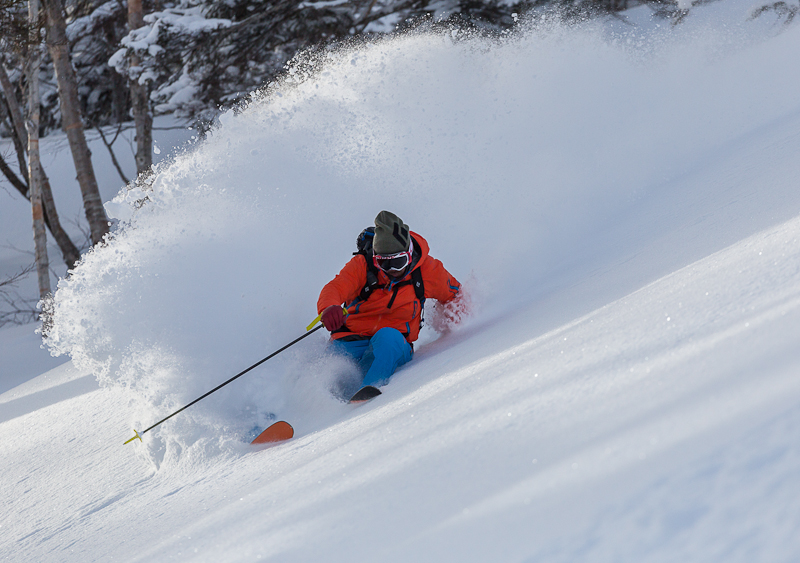
Different outfits for high season and spring with my beloved MAMMUT
high season layering
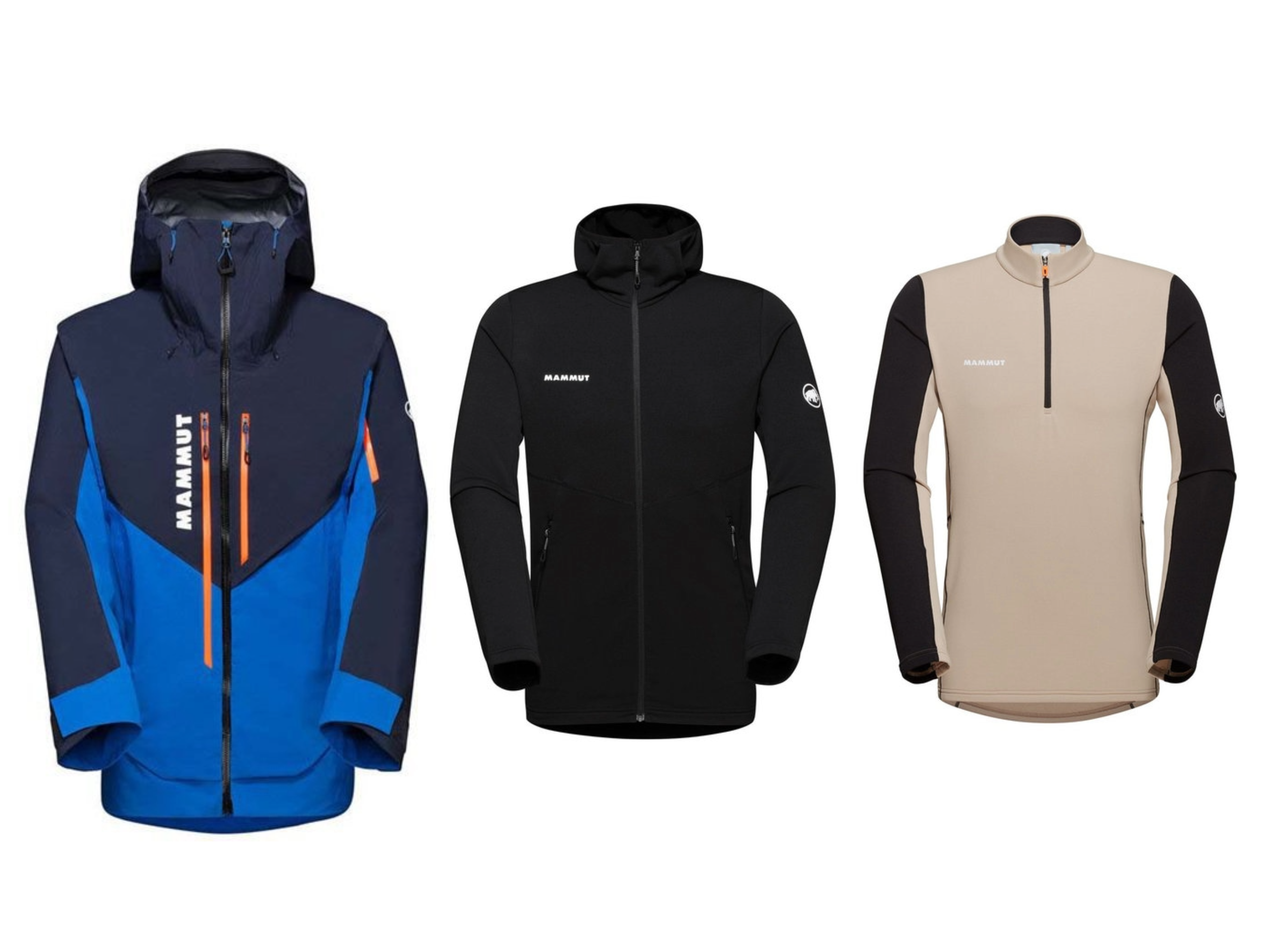
Outer layer: MAMMUT|La Liste HS Hooded Jacket
Middle layer: MAMMUT|Aconcagua ML Hooded Jacket
Base layer: MAMMUT|Aenergy ML Half Zip Pull
How does it feel to use it? (impression)
The high-season outerwear is made of Gore-Tex, and I like the design that is most typical of Mammut.
As for the mid layer and base layer, this loft is sufficient in the cold weather of Hakuba, and it is easy to use and wicks away sweat.
What's your spring season layering routine?
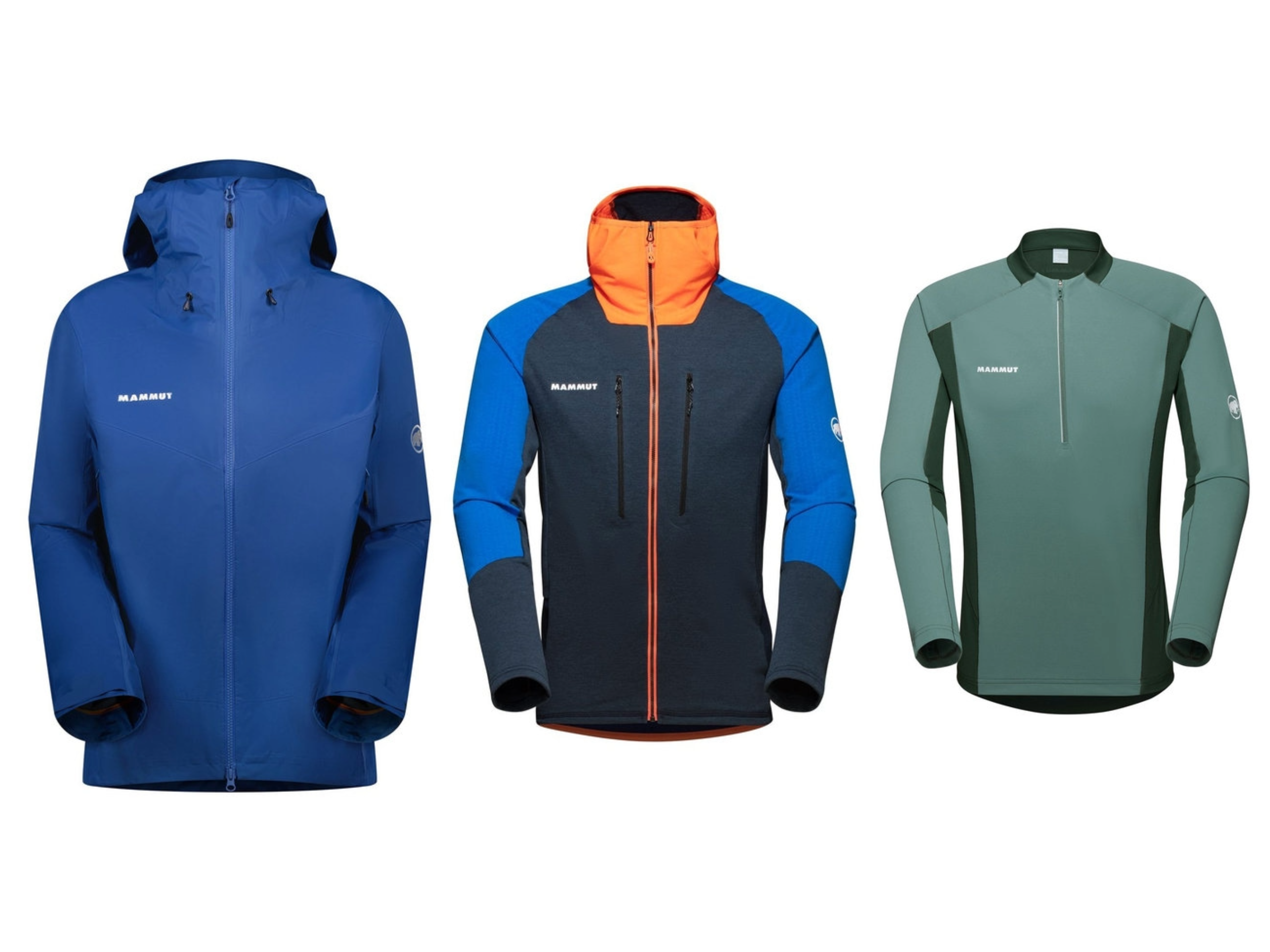
Outer: MAMMUT | Crater Light HS Hooded Jacket
Mid layer: MAMMUT | Eiswand Advanced ML Hooded Jacket
Base layer: MAMMUT | Aenergy FL Half Zip Longsleeve
Are there any additional tricks you've added?
During the harsh winter months, I usually adjust my layering so that I can climb without having to take off my outerwear, and if it's cold I try to put on insulation over my outerwear.
Reviewer
POWERZONE
Mamoru Takahashi
[Main Guide Area] Hakuba, Otari
[Profile]
Supports Power Zone while traveling throughout Japan as a backcountry guide and ski coach, and as a mountain guide in the summer.
He fell in love with the scenery of Hakuba, Shinshu, and while living in Hakuba, he spends his holidays training to improve his skills. [Qualifications]
・JMGA Ski Guide Stage II
・JMGA Climbing Guide Stage II
・SAJ Ski Instructor
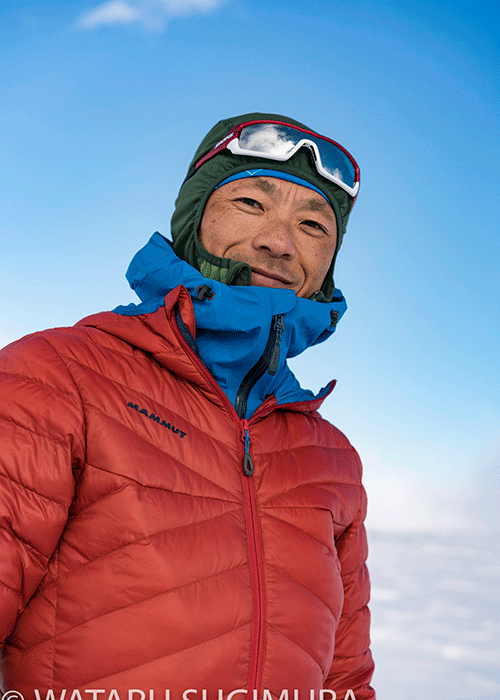
BLUECLIFF | Michio Takimoto
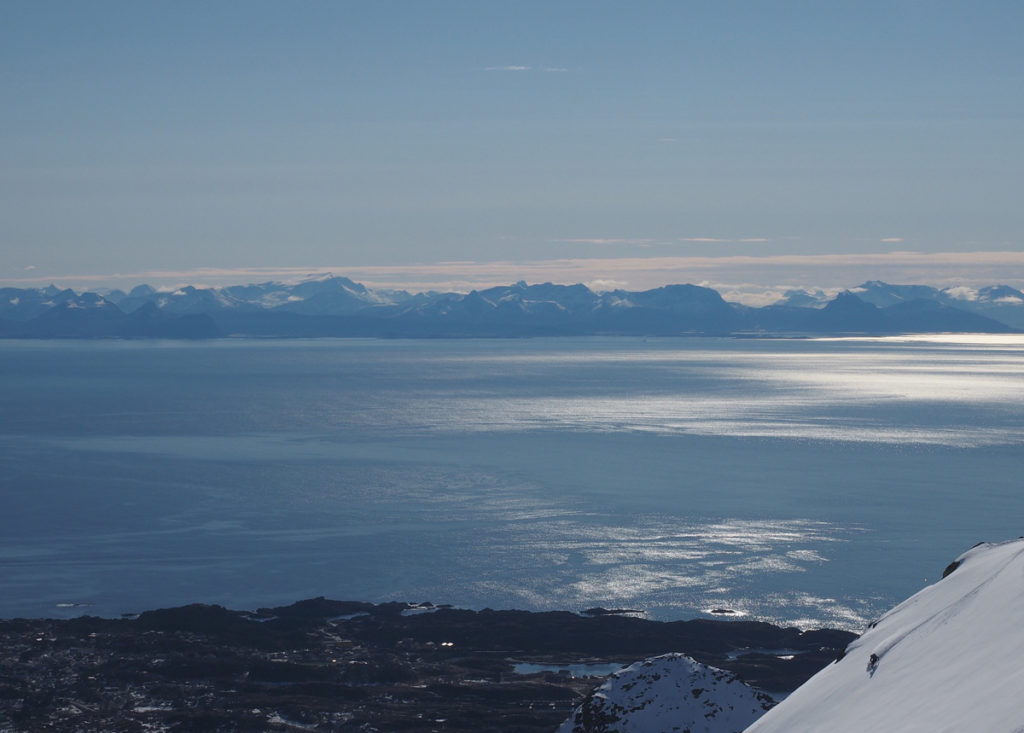
Emphasis on comfort with both heat retention and breathability
high season layering
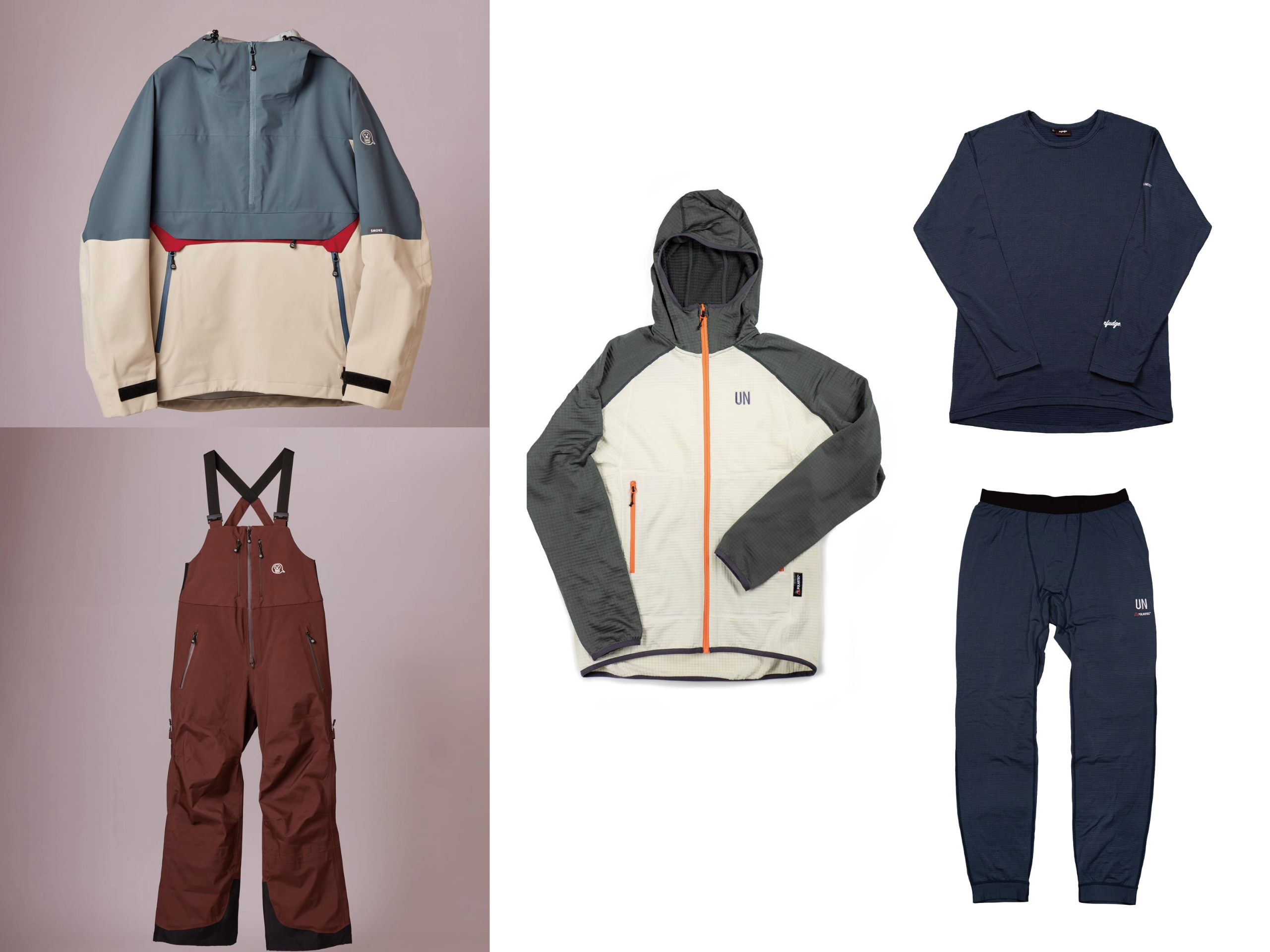
Outer layer: unfudge | SMOKE ANORAK& PEEP BIB PANTS
Middle layer: unfudge | UN2100
Base layer: unfudge | UN1000・UN1050
How does it feel to use it? (impression)
My favorite anorak is the large Doraemon pocket. Since the side zip opens wide, ventilation performance is also excellent. Bib pants have excellent heat retention and have a convenient chest pocket. There is a slit that allows you to access the bib pocket from the anorak. The mid layer has a grid that provides both heat retention and breathability, and the hoodie allows for quick adjustments depending on the weather. The first layer also has a grid that provides good heat retention and breathability for comfort.
What's your spring season layering routine?
The outerwear is made of soft shell type for both the top and bottom, allowing it to withstand both high and low temperatures. If it is likely to rain, a hard shell may also be used.
Are there any additional tricks you've added?
I love DynaFit insulation pants that have a full zipper and can be taken on and off from under outer pants. Can be quickly attached and detached if necessary.
Reviewer
BLUECLIFF
Michio Takimoto
[Main guide area] Hakuba Otari, Northern Alps, Hokkaido
[Profile]
At the age of 19, he became interested in climbing, including the Mont Blanc Major route and the North Face of Dru.
Since then, he has been active all over the country, focusing on free climbing and backcountry snowboarding. In 2000 he moved to Hakuba Village and started mountain guiding activities. [Qualifications held]
・UIAGIM
・IFMGA International Mountain Guide
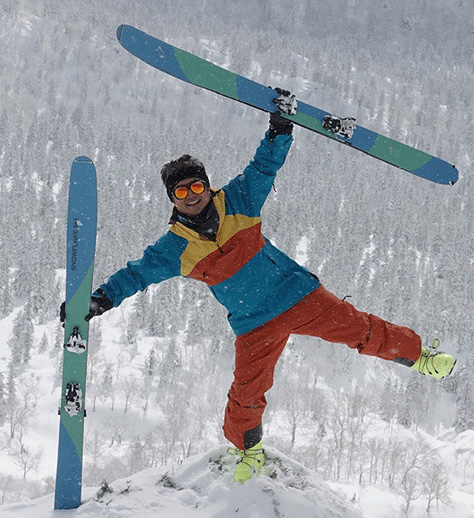
Daichi Trui
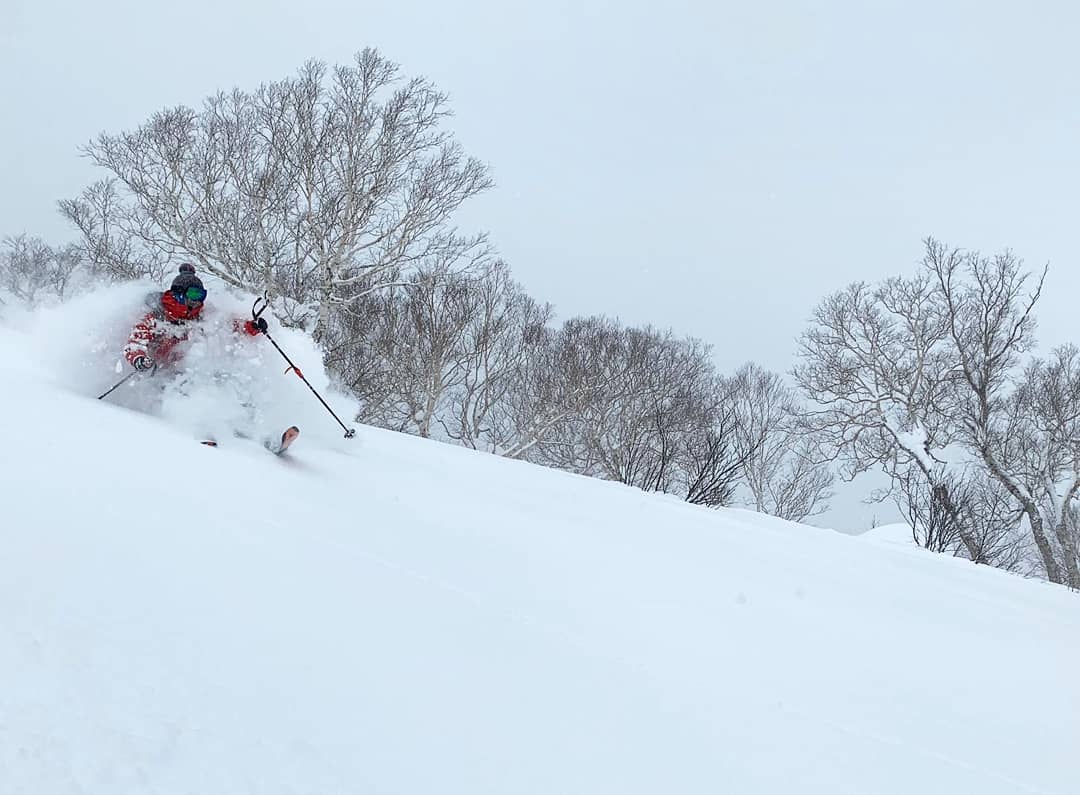
A base layer with minimum heat retention and quick-drying properties assuming you sweat.
high season layering
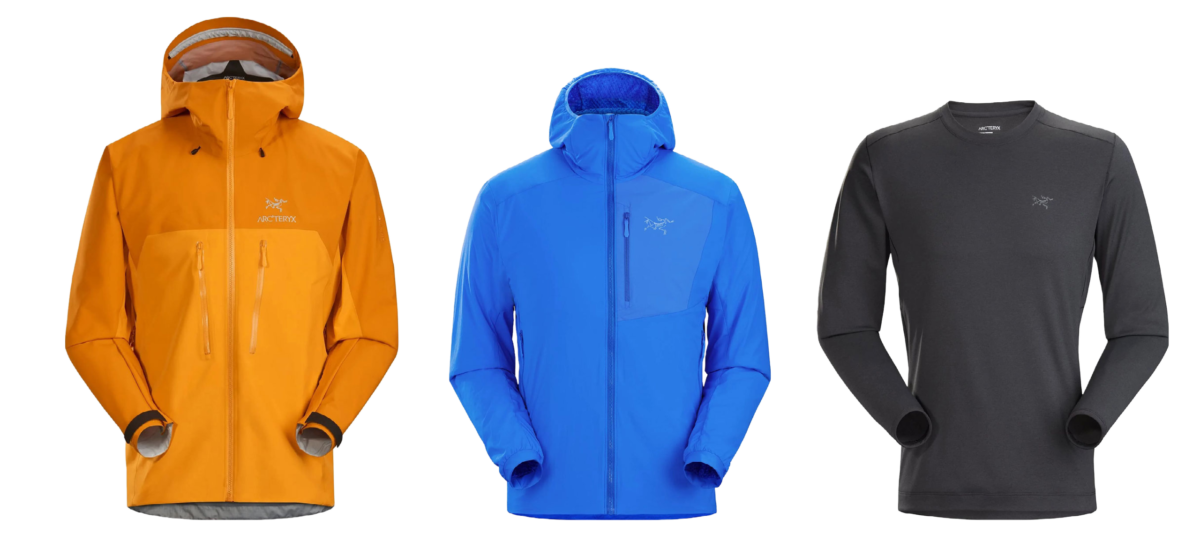
Outer layer: Arc'teryx | Alpha Jacket
Middle layer: Arc'teryx | Proton Lightweight Hoodie
Base layer: Arc'teryx | Low LT Hoody
How does it feel to use it? (impression)
I don't want to sweat too much, so underwear, midlayers, and shells are the basics. If it's cold, wear synthetic insulation over your shell. You'll be sweating in the deep snow, so wear a quick-drying base layer and a mid layer that has both heat retention and breathability. The shell is selected to be soft and strong.
What's your spring season layering routine?
I don't have a set layering routine, especially since it's a season with varying temperatures, but I tend to use soft shells a lot.
Are there any additional tricks you've added?
It is the minimum heat retention assuming that you will sweat when hiking. I wear the Arc'teryx Nuclei SV in my backpack when resting or when it's cold.
Reviewer
Daichi Terui
[Main guide area] All of Hokkaido
[Profile]
While attending university, he aspired to become a mountain guide and studied under international mountain guide Hirofumi Ishizaka.
Upon graduating from university, he became a certified guide by the Japan Mountain Guide Association and started guiding. As for his own activities, since his early 20s he has experienced heli-skiing guide training in Northern Europe, mountain climbing in the European Alps, and ski touring. [Qualifications held]
- JMGA Mountain Guide Stage I
, JMGA Ski Guide Stage II
, JAN Avalanche Worker Level I completed
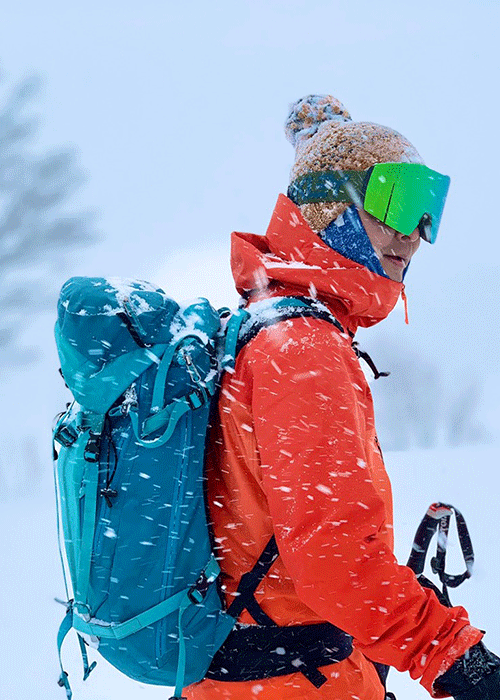
COLOR SPORT CLUB |Tomohiro Shakawa
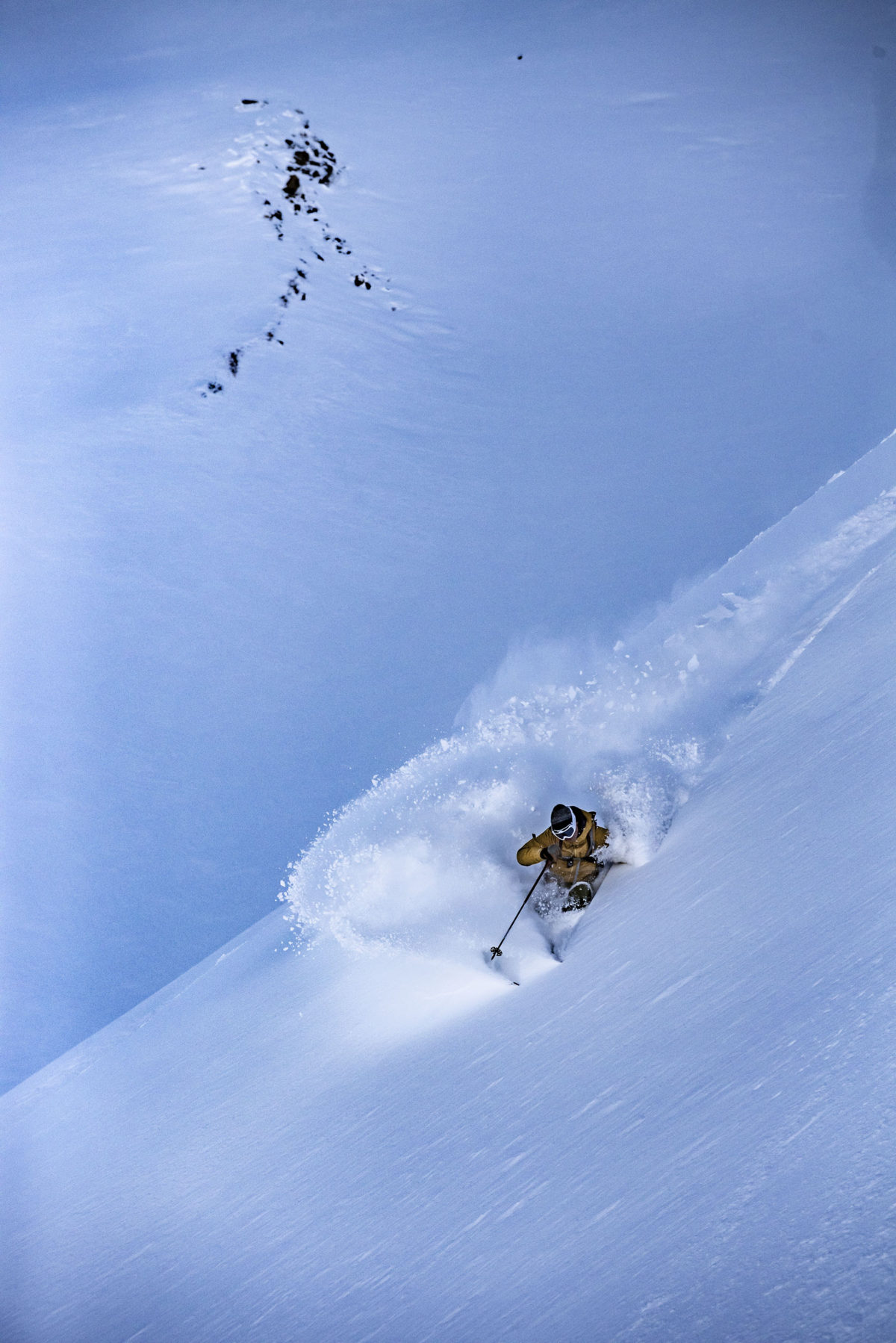
Great ski life with this layering!
high season layering
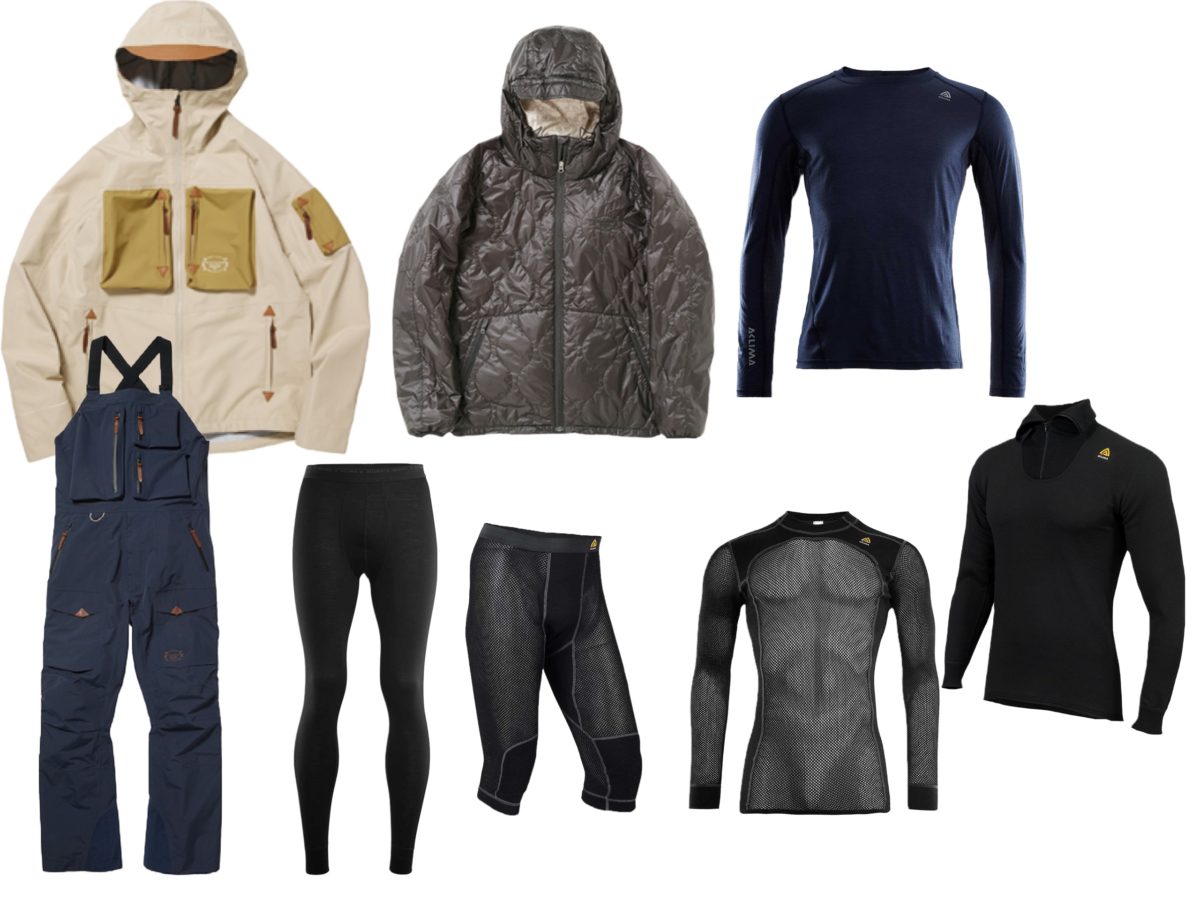
Outer layer: PERMANENT UNION |KOVAL JACKET & KOVAL BIB PANTS
Middle layer: AKLIMA|HotWool Polo W/Zip+PERMANENT UNION|scapa jacket
Base layer: AKLIMA|WoolNet Crew Neck & WoolNet 3/4 Longs+ LightWool Sports Shirt&LightWool Longs
How does it feel to use it? (impression)
The base absorbs sweat and doesn't come back, the midsole is made of wool material that feels good on the skin and follows your body's movements without stress, the synthetic cotton jacket that also functions as a wind shell, and the PERMANENT that gracefully directs your life on snow. Wear UNIO as an outerwear. It will be a wonderful ski life.
What's your spring season layering routine?
Basically, it will be layered as above, but each layer will be thin.
Are there any additional tricks you've added?
Keep your head warm, including your ears, and wear overgloves on your hands, etc. If the activity involves a long period of time, wear a synthetic cotton jacket over the outer shell to increase moisture permeability and keep your body humid and comfortable.
Reviewer
COLOR SPORT CLUB
Tomohiro Tonegawa
]
Hakuba VALLEY (Hakuba, Otari, Omachi) / Others: Tateyama, Senjojiki, Myoko, Mt.
Since the early 1990s, he has turned his attention to the off-piste and opened up the mountain ski scene in the midwinter. Pioneer work continues even after achieving field development throughout Hakuba, which is synonymous. [Qualifications]
・JMGA Mountain Guide Stage Ⅱ
・JMGA Ski Guide Stage Ⅱ
・JAN Avalanche Worker Level 2
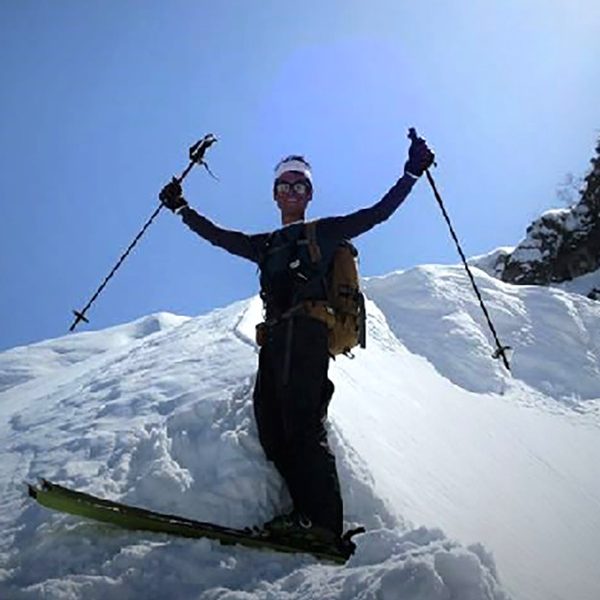
JUNRINA mountain service|Jun Nagai
I love Arc'teryx, which is made with the same brand in mind for layering.
high season layering
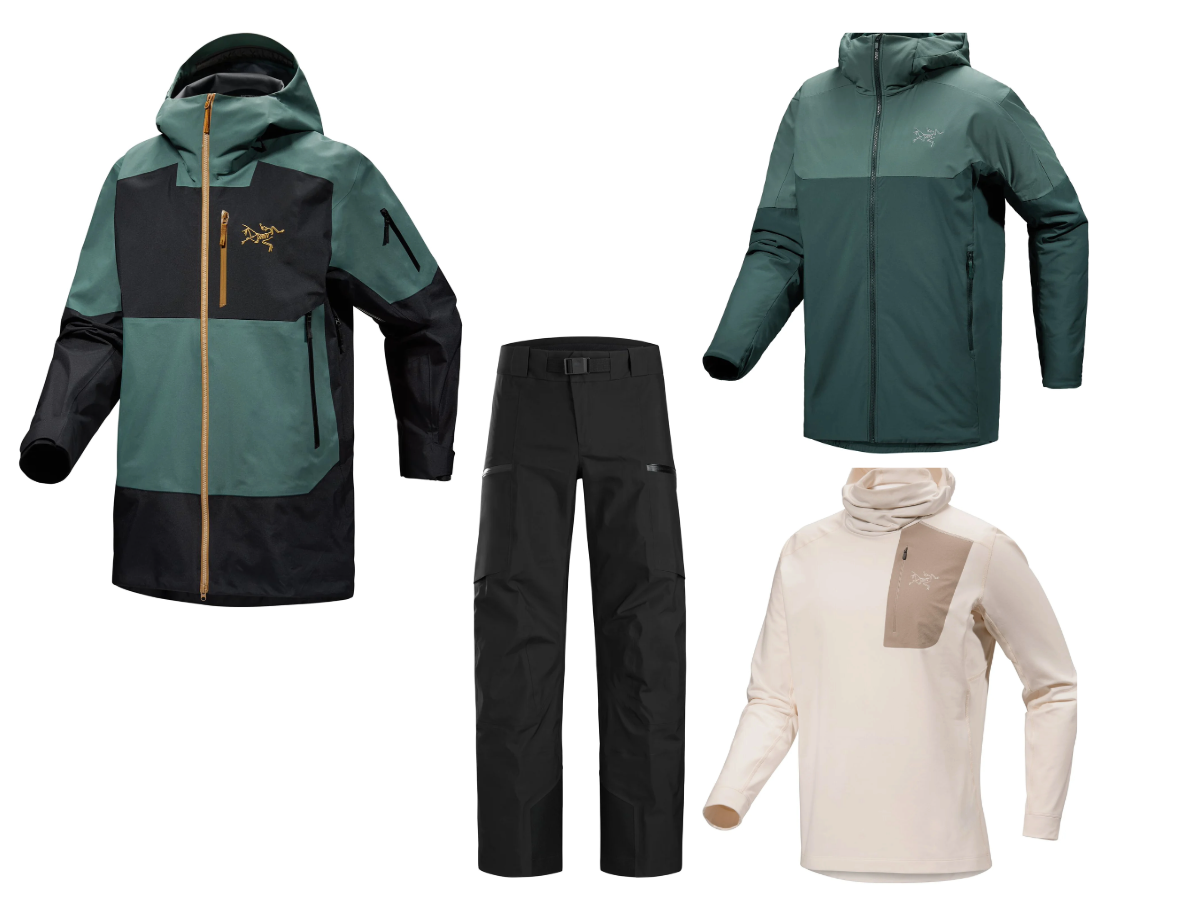
Outer layer: Arc'teryx | Saber SV jacket + Saber pants
Middle layer: Arc'teryx | Saber insulated mid layer
Base layer: Arc'teryx | Low LT hoodie
How does it feel to use it? (impression)
The best thing about Arc'teryx is that it is stylish.
The draping is excellent and does not hinder movement such as sliding or hiking. Even when it snows or rains, your body won't get wet, and it's like a shelter you can wear. Highly windproof and comfortable even in blizzards.
What's your spring season layering routine?
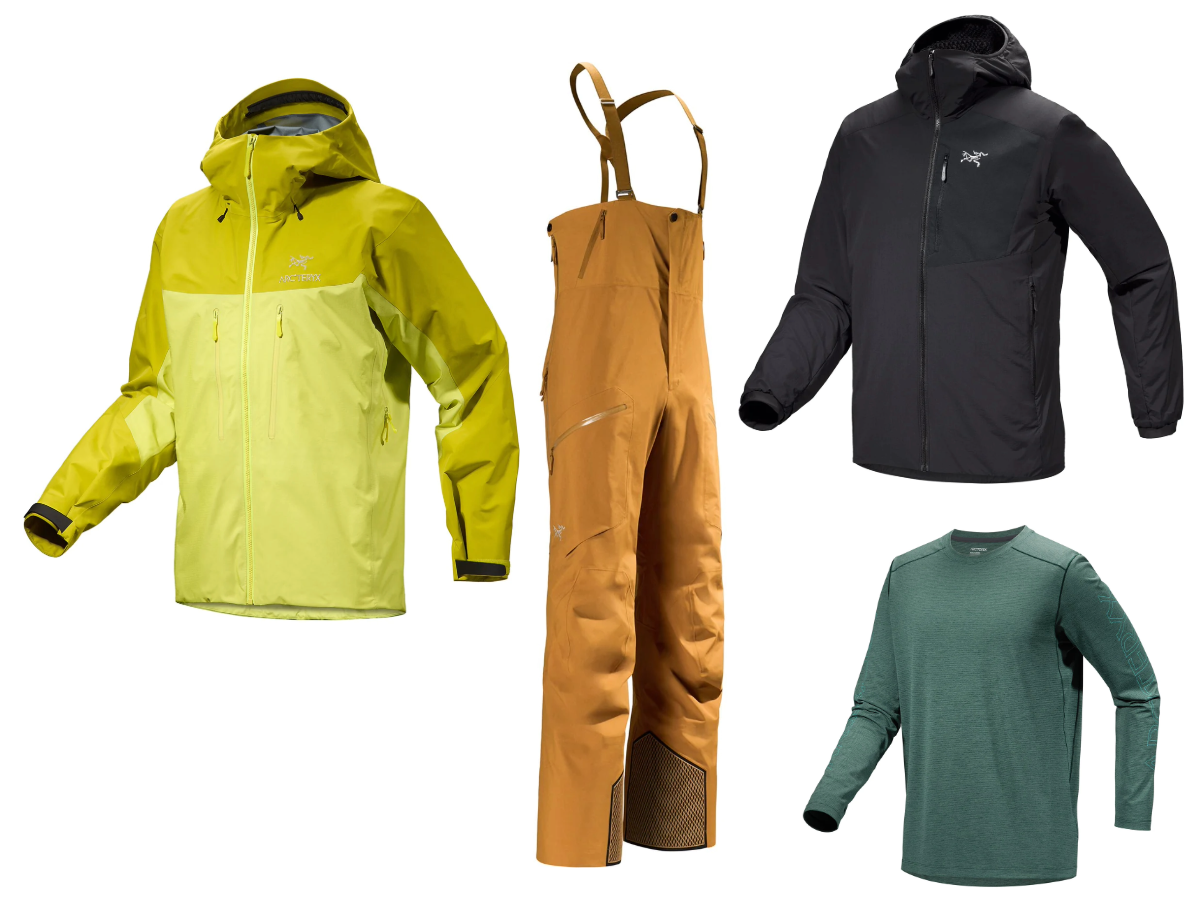
Outer layer: Arc'teryx | Alpha Jacket + Rush Bib Pants
Middle layer: Arc'teryx | Proton Lightweight Hoodie
Base layer: Arc'teryx | Cormac Arcward Long Sleeve Shirt
Are there any additional tricks you've added?
I use the Proton LT Hoody (Proton Lightweight Hoody), which is an intermediate layer that wicks away sweat and retains heat. I compress the Nuclei SV Parka and keep it in my bag as cold weather clothing in case of an emergency.
Reviewer
JUNRINA mountain serviceJun
Nagai
[Main guide area] Kagura BC, Echigo Yuzawa BC, Tateyama BC
[Profile]
After quitting my job and working at Tateyama Raichoso, I went through guide training and started working as JUNRINA mountain service in 2010.
He has many overseas backcountry trips. In the summer and fall, he works as a mountain climbing guide mainly in the Alps and Joshinetsu, and in the winter and spring he works as a backcountry ski guide. [Qualifications]
・JMGA Mountaineering Guide Stage III
・JMGA Ski Guide Stage II
・JAN Avalanche Worker Level 1
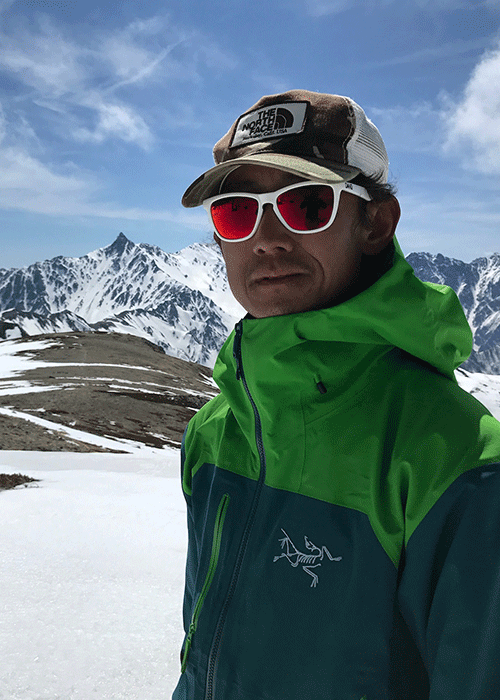
RIKI JAPOW GUIDE |Riki Nakajima
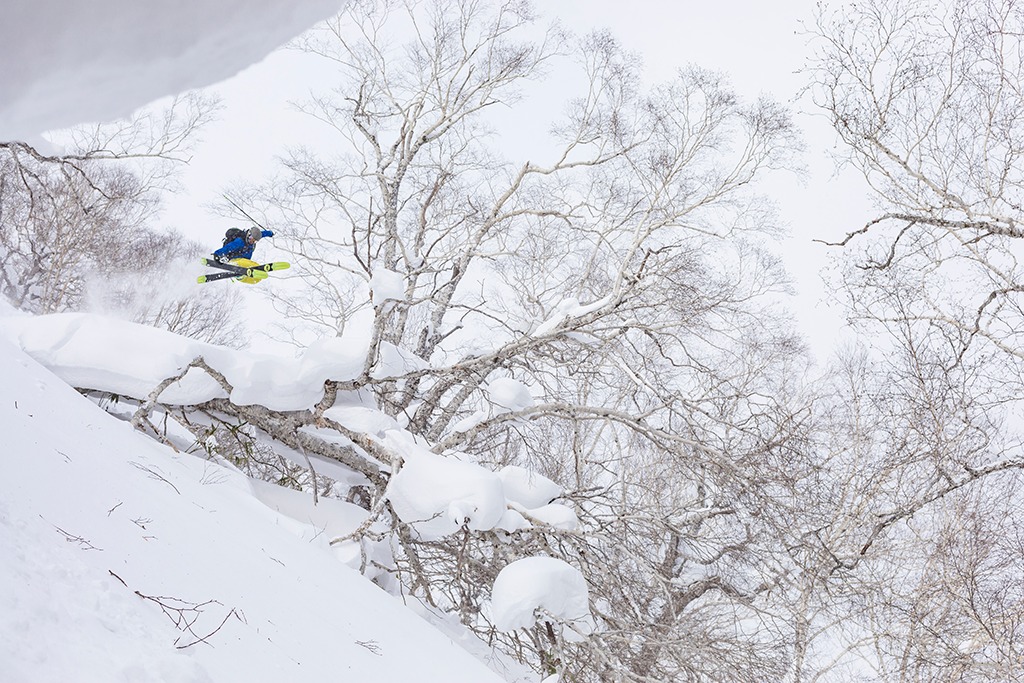
Wool never touches your skin!
high season layering
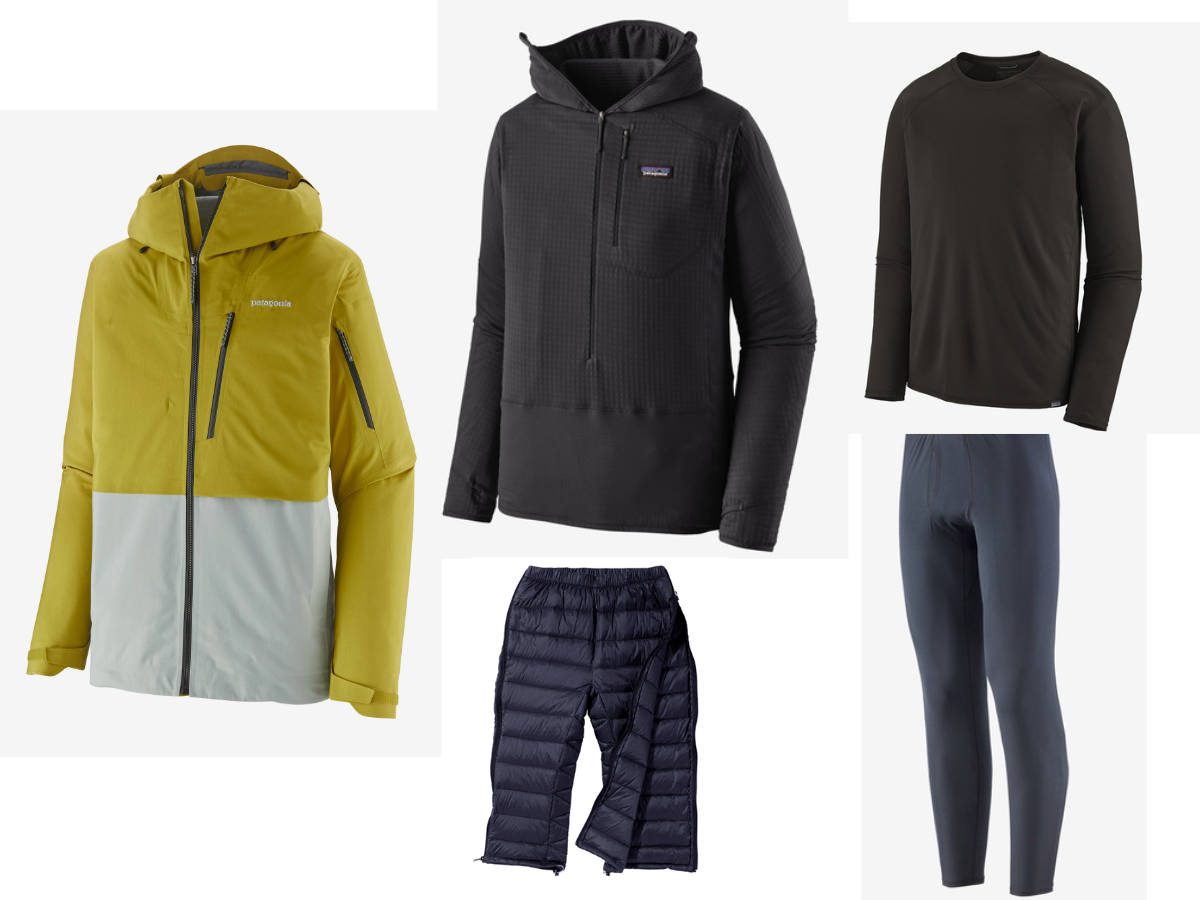
Outer layer: patagonia|Untracked Jacket
Middle layer: patagonia|R1 Pullover Hoody
Base layer: patagonia|Capilene Aircool top and bottom
puromonte|Down three-quarter length fully open
How does it feel to use it? (impression)
Despite its lightness and compactness, it has sufficient heat retention. Wool will definitely come in contact with your skin!
What's your spring season layering routine?
All Patagonia ultra-thin wool short sleeve shirt.
If it's cold, try the Capilene Air Hoody. If you want protection from the wind, go for the Houdini jacket.
Are there any additional tricks you've added?
Adjust your clothes so you don't get cold or sweat. It is important to take off clothes frequently.
Reviewer
RIKI JAPOW GUIDERiki
NakajimaRiki Nakajima
[Main guide area] Around Tomamu, Around Furano, Around Asahikawa / Others: Niseko, Rusutsu, Nozawa Onsen
[Profile]
Qualified as a CSIA instructor in Whistler, Canada and the first Japanese CFSA free ski instructor.
From participating in numerous free ski competitions, he expanded his field of activities to the backcountry. Currently, Hoshino Resort's Tomamu ski resort is the base, and he is developing guides and lessons. [Qualifications]
・JMGA Climbing Guide Stage Ⅱ
・JMGA Ski Guide Stage Ⅱ
・JAN Avalanche Worker Level 1
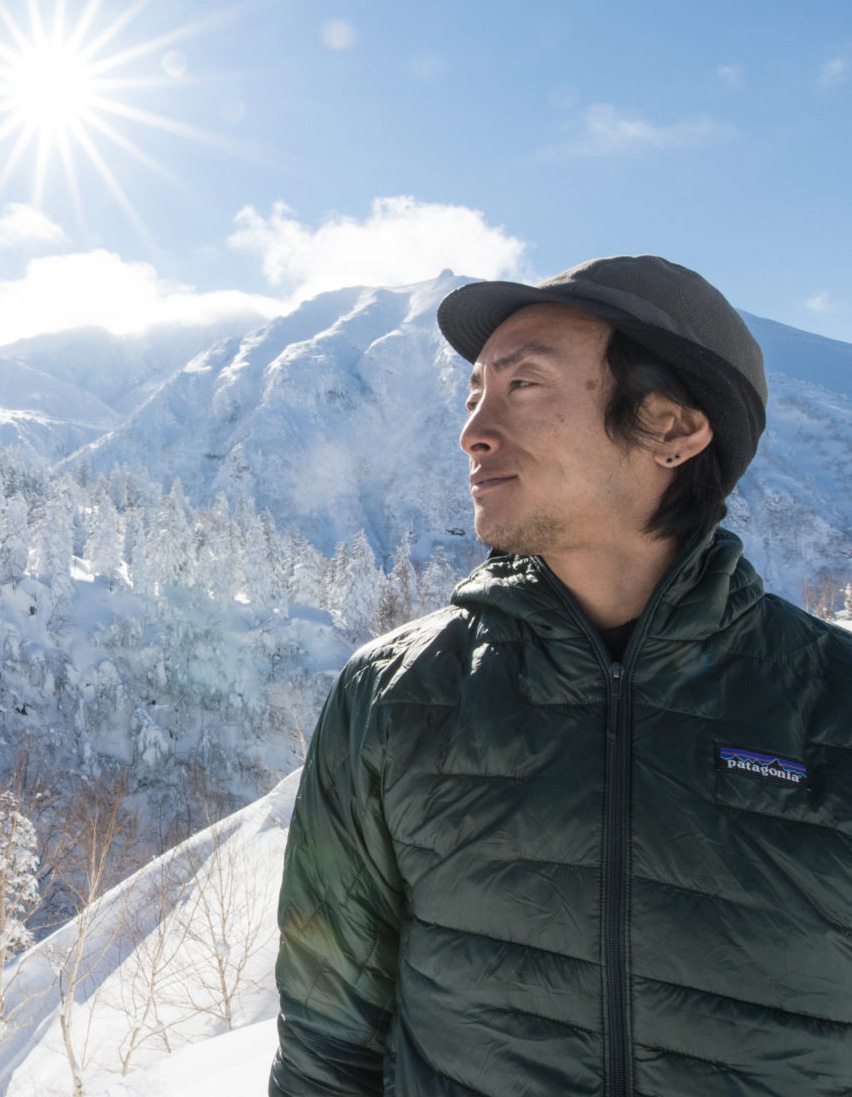
Infield |Toyokazu Nakano
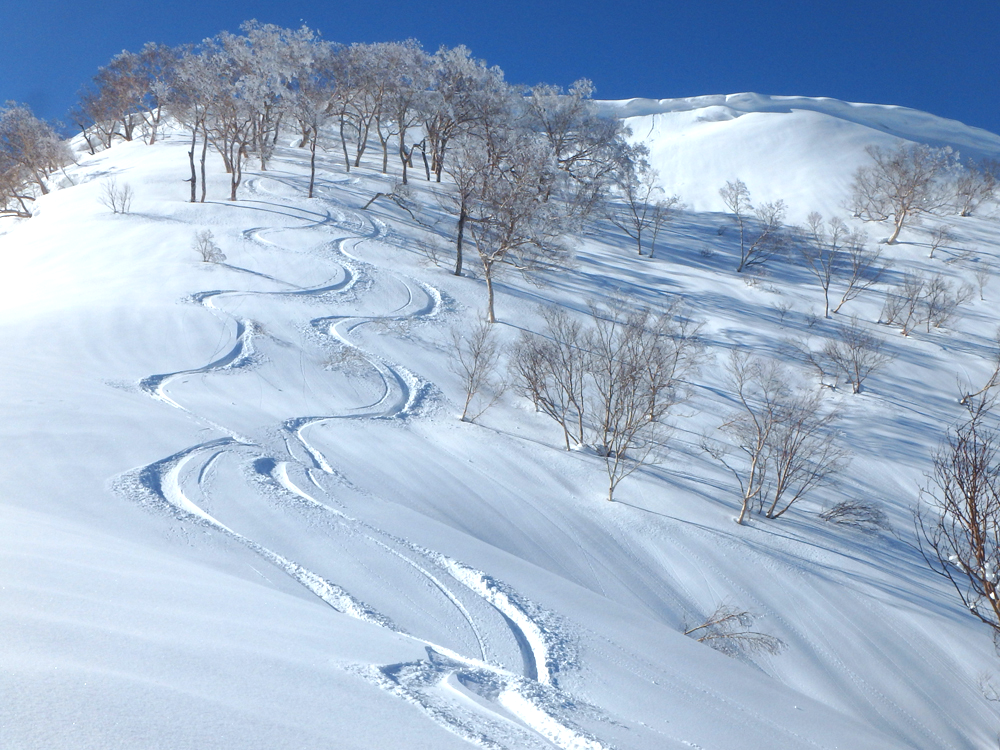
The base layer uses synthetic fibers and wool depending on the type of tour.
high season layering
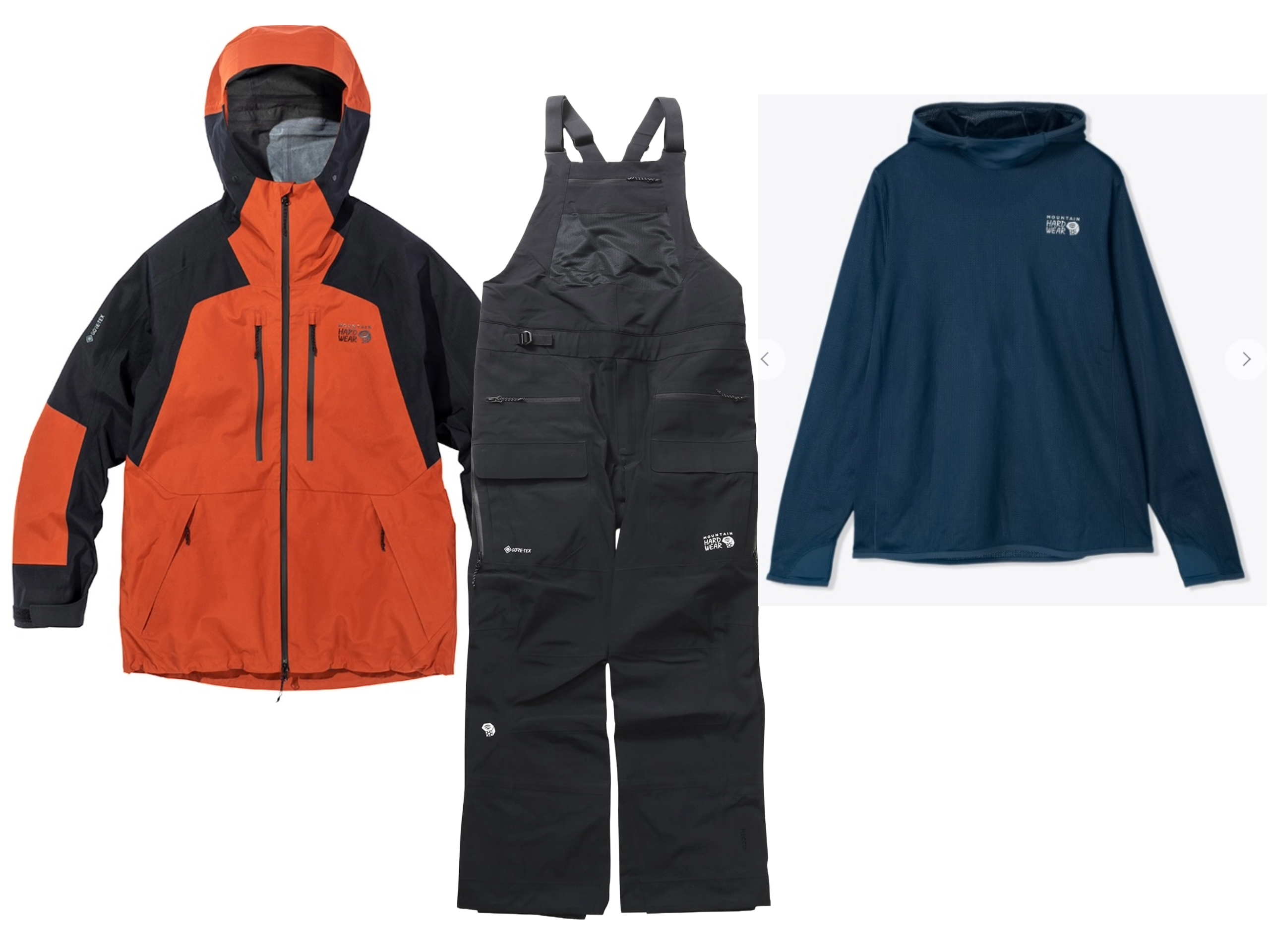
Outer layer: MOUNTAIN HARDWEAR | Boundary Ridge Gore-Tex Jacket & Bib
Middle layer: MOUNTAIN HARDWEAR | Core Air Shell Warm Jacket
Base layer: MOUNTAIN HARDWEAR | Air mesh hoodie
How does it feel to use it? (impression)
Since the outerwear will be used for many days, durability is important.
Pants during the harsh winter months are made with bibs that retain heat well and prevent snow from entering. For midlayers, it's convenient to have a model that reduces the number of adjustments you need to make, keeps you warm, and also wicks away sweat. Since the filling is made of synthetic fibers, you don't have to worry too much about it getting wet. For base layers, synthetic fibers and wool are used depending on the type of tour. Air mesh hoodies have contradictory functions: the fleece lining provides heat retention, and the mesh provides breathability, making them the most frequently used item of clothing these days.
What's your spring season layering routine?
Since the temperature in early spring is higher than in the midwinter, we use thin outerwear and combine models that are resistant to sweat and rain, but it is important to be able to handle sudden cold.
Are there any additional tricks you've added?
I always carry a thin down jacket and wind shell that I can quickly put on when I take a break. Recently, there are more and more models that are good at wicking away sweat, both cold and windproof, so I use them.
Reviewer
Infield
Toyokazu Nakano
[Main guide area] Myoko/Kukijo area, Hokushin/Others: Tateyama, Mt. Chokai, etc.
[Profile]
Started "Infield" in 2006 after 10 years of experience after moving to Myoko Kogen.
Currently, he works as a backcountry tour guide and telemark ski instructor in the winter, and as a mountain climbing/trekking guide and sea kayak guide in the summer. [Qualifications]
・JMGA Ski Guide Stage II
・JAN Avalanche Operator Level 2
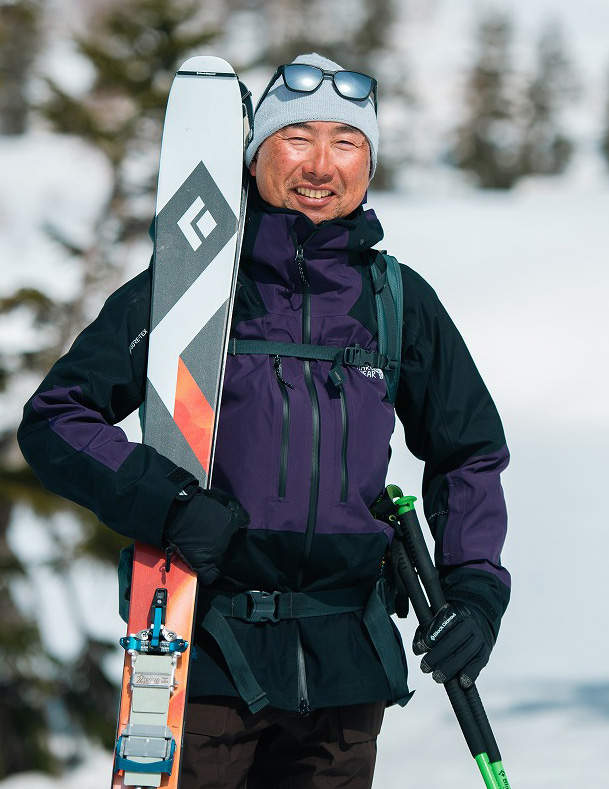
Mountain Guide Coyote |Ryuta Furuichi
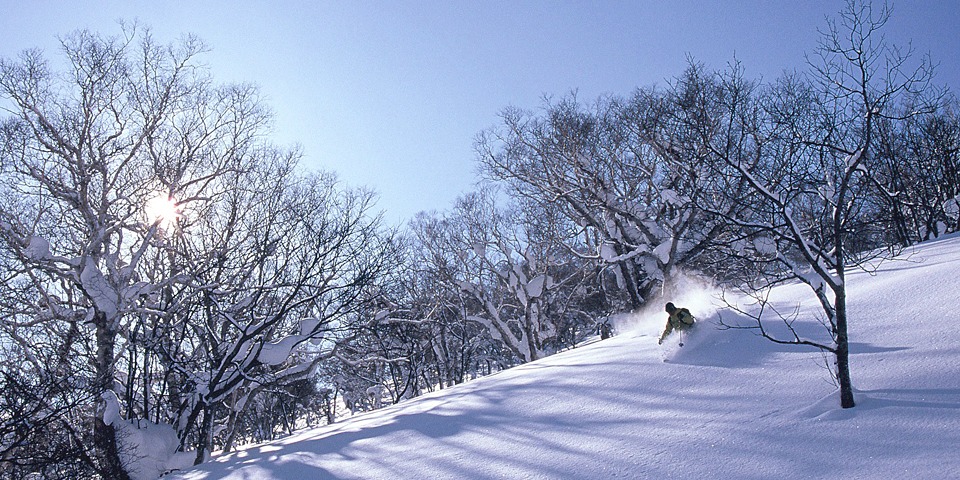
I love all-weather jackets that make me feel so comfortable when hiking
high season layering
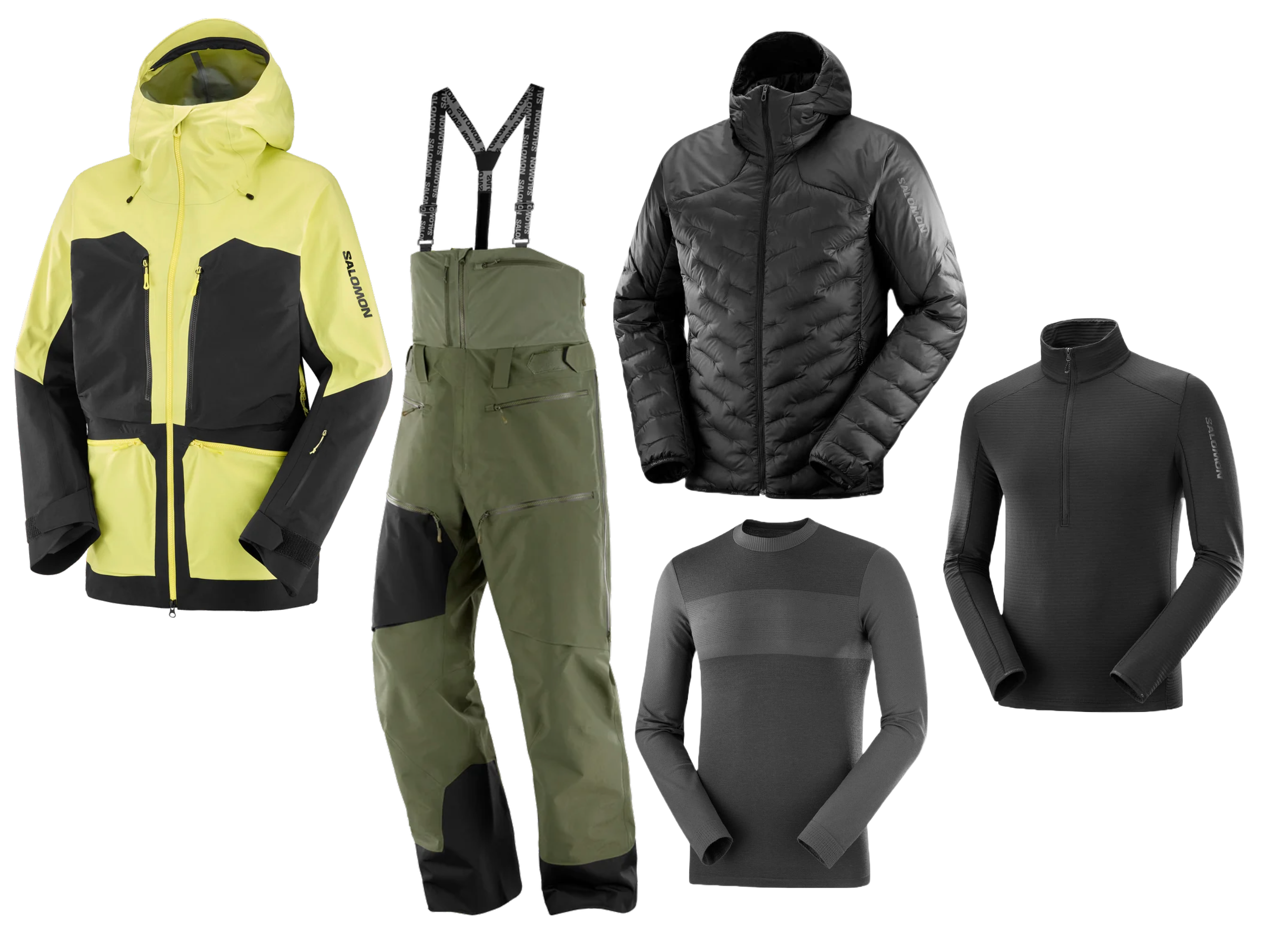
Outer layer: SALOMON|QST GORE-TEX PRO JACKET & BIB
Middle layer: SALOMON|OUTLINE DOWN JKT+OUTLINE HZ MID M
Base layer: SALOMON|SNTIAL WOOL LS TOP M(Top) SNTIAL WOOL SEAMLESS(Bottom)
How does it feel to use it? (impression)
Featuring Motion Fit™ patterning, this jacket adapts to your every move, even on tough, technical slopes.
A reliable piece of clothing made for the toughest adventures. This jacket is extremely waterproof, yet also has excellent breathability using GORE-TEX material. You can get an outstanding sense of security even in the winter mountains. It is also tough enough to not break easily even when used hard. There are 4 pockets on the front, so you can quickly access winter accessories such as scrapers, ski bands, passes, etc., making it extremely convenient to use. These days, this mid layer "OUTLINE HZ MID M" is enough.
If you put the hood over your head, the wind and snow won't get into your neck and you will feel quite warm. Also, the down jacket ``OUTLINE DOWN JKT'' is light and not bulky, so I always put it in my backpack during the harsh winter months of January and February. When you have a short break, just put it on over your head to reduce your physical energy consumption. It's warm and comfortable, so it's perfect for taking a break. I use wool as my base layer because I don't want my body to get cold during the snowy season. Even if you sweat a little, you won't feel any heat.
What's your spring season layering routine?
I'm wearing a light Salomon OUTLINE FZ HOODIE (thin fleece, Houdini) for the inner layer. The rucksack is made of thin shaka shaka material.
Reviewer
Mountain Guide Coyote
Ryuta Furuichi
[Main guide area] Hokkaido (around Niseko, Mt. Yotei, Kiroro, Daisetsuzan, Furano)
[Profile]
After graduating from Meiji University's Faculty of Agriculture with an interest in the environment and food, he joined a company in Hokkaido to live in the magnificent Hokkaido. Joined the company.
Furthermore, he started his mountain guide Coyote in order to feel close to nature and practice a lifestyle that does not have an impact on the environment. He loves skiing down snowy mountains on telemark skis. [Qualifications]
・JMGA Ski Guide Stage II
・JAN Avalanche Operator Level 1
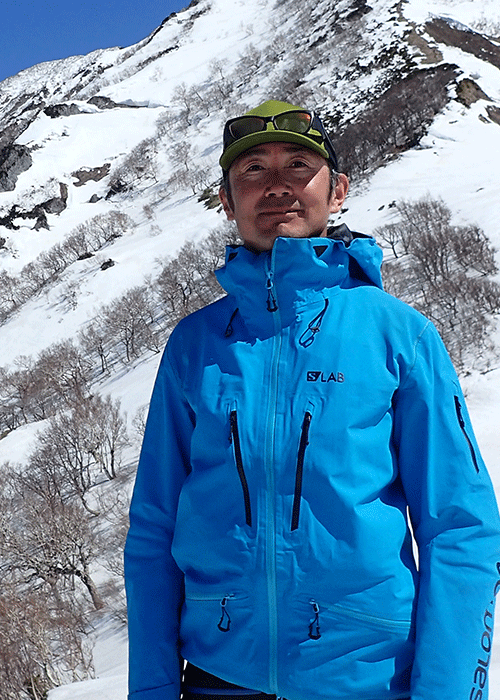
locus guide service |Kazuya Furuse

Thermal layering to keep pace with guests
high season layering
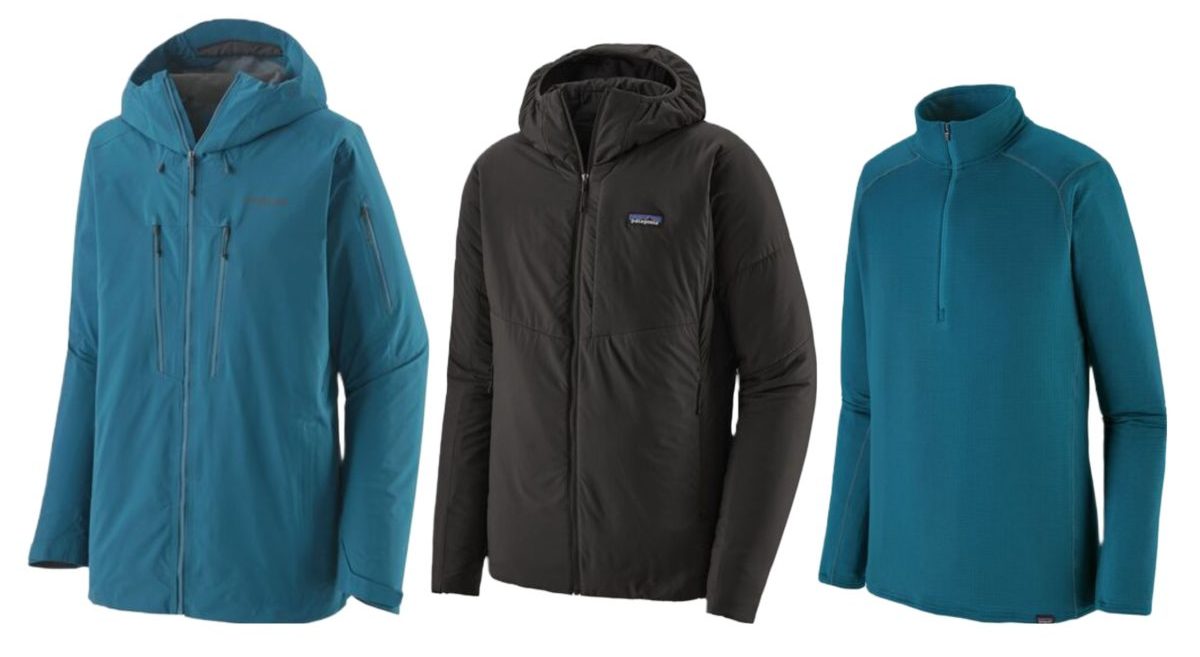
Outer layer: patagonia|Paw Slayer Jacket
Middle layer: patagonia|Nano Air Hoody
Base layer: patagonia|Capilene Thermal Weight Zip Neck
How does it feel to use it? (impression)
During the guiding, it's cold when I match the pace with the guests, so I often wear layers that emphasize heat retention. I think everyone is curious about the guide's layering, but there are individual differences, physical strength, and experience-based differences in action points, so if you imitate the guide's layering, most people think it's too hot. increase.
What's your spring season layering routine?
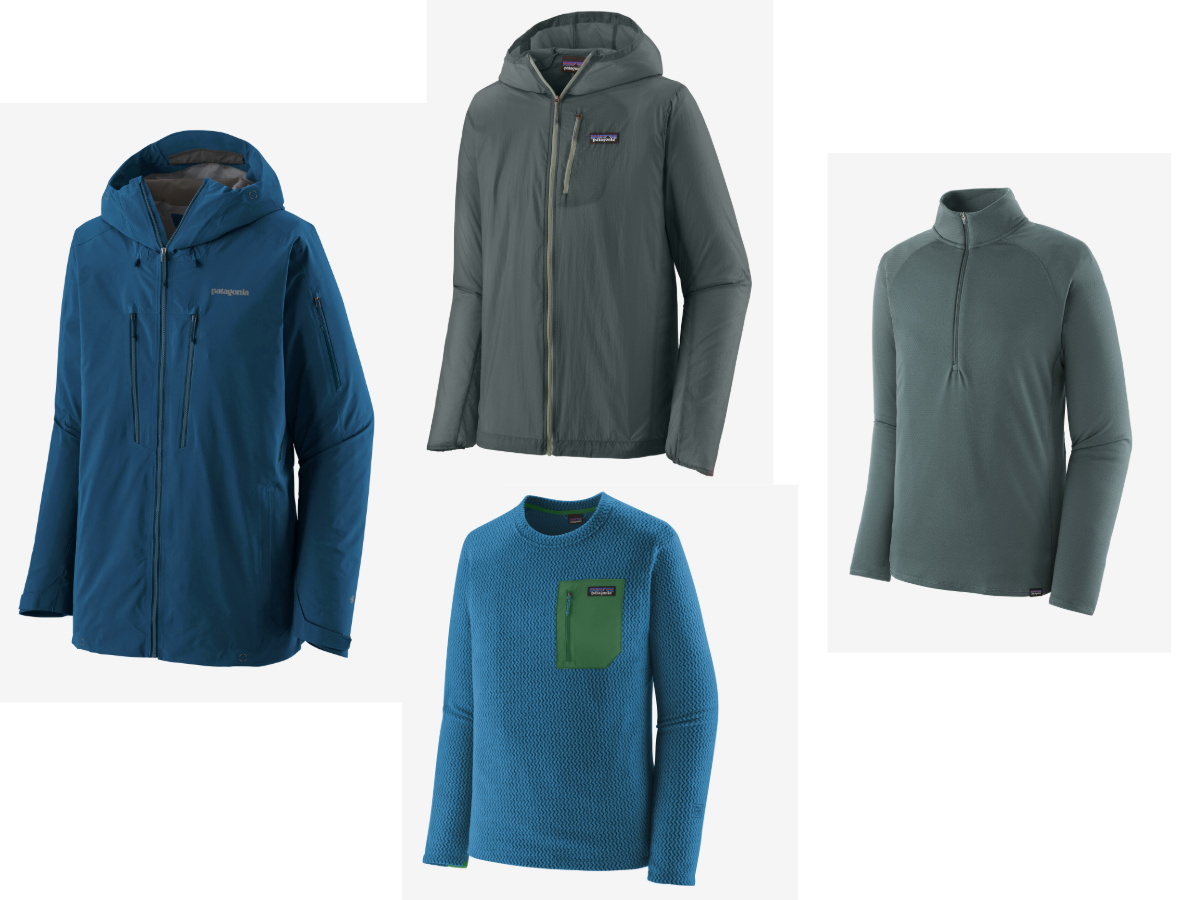
Outer layer: patagonia | Pawslayer Jacket
Middle layer: patagonia | R1 Air Crew
patagonia | Houdini Jacket
Base layer: patagonia | Capilene Midweight Zip Neck
Are there any additional tricks you've added?
Store your thermal clothing in an easily accessible place. I always carry the Patagonia Micro Puff Hoodie as a back-up thermal layer, and when I'm stuck or feeling cold, I put it on over my shell. It's compact and warm when stored.
Reviewer
LOCUS GUIDE SERVICE
Kazuya Furuse
[Profile]
As a result of my pursuit of skiing, I changed my field from ski resorts to the backcountry, gaining experience as a skier and guide.
[Main guide area] Hakuba area
[Qualifications]
JMGA Ski Guide Stage II
JAN Avalanche Operator Level 2
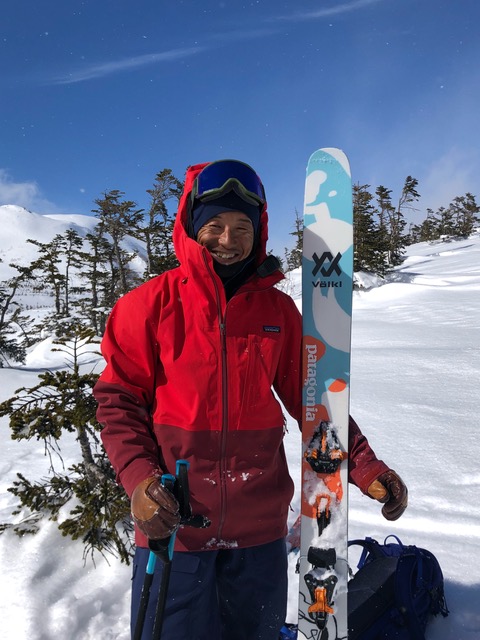
KinTouN Backcountry Guide|Kenichi Minegishi
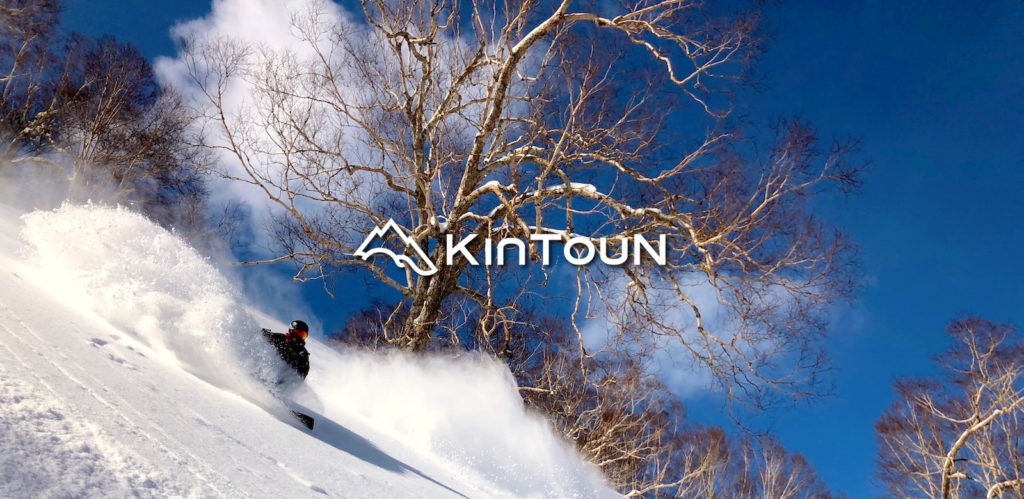
What I always keep in mind is that there is enough warmth.
high season layering
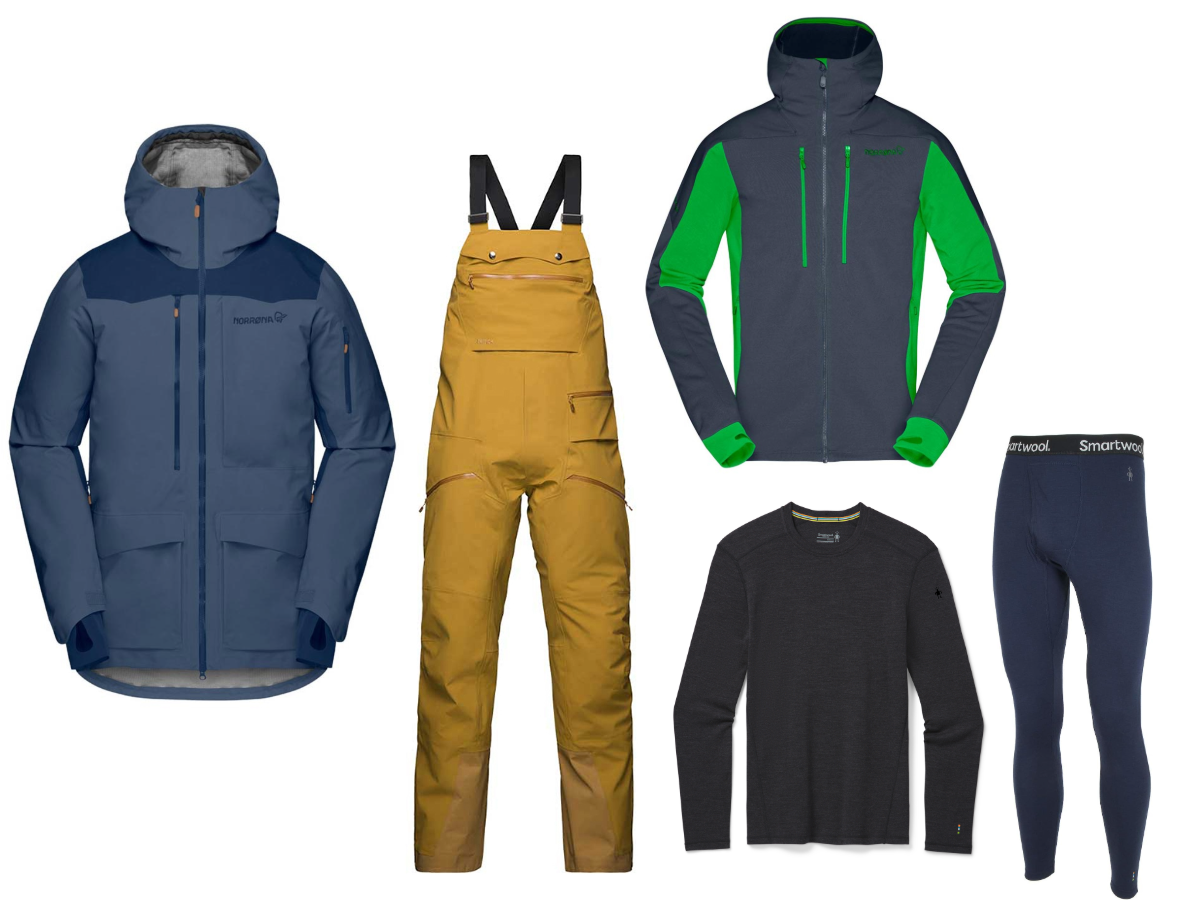
Outer layer: NORRONA | tamok pro jacket & pro big pants
Middle layer: NORRONA | trollveggen Powerstretch Pro Zip Hood
Base layer: Smartwool | Classic thermal merino base layer top and bottom
How does it feel to use it? (impression)
What I always keep in mind when layering is making sure I have enough warmth.
I choose base layers that are so warm, supple, and comfortable that I want to wear them all the time. Personally, I prefer natural merino wool over synthetic fibers, and have been using Smartwool base layers for over 10 years. I like mid-layers that are supple, so I wear Power Stretch. I also really like the hood, which fits like a balaclava. For shells, I like Gore-Tex Pro. NORRONA uses tamok and lofoten, but during the winter months, she prefers long tamok jackets and bib pants to keep her warm.
What's your spring season layering routine?
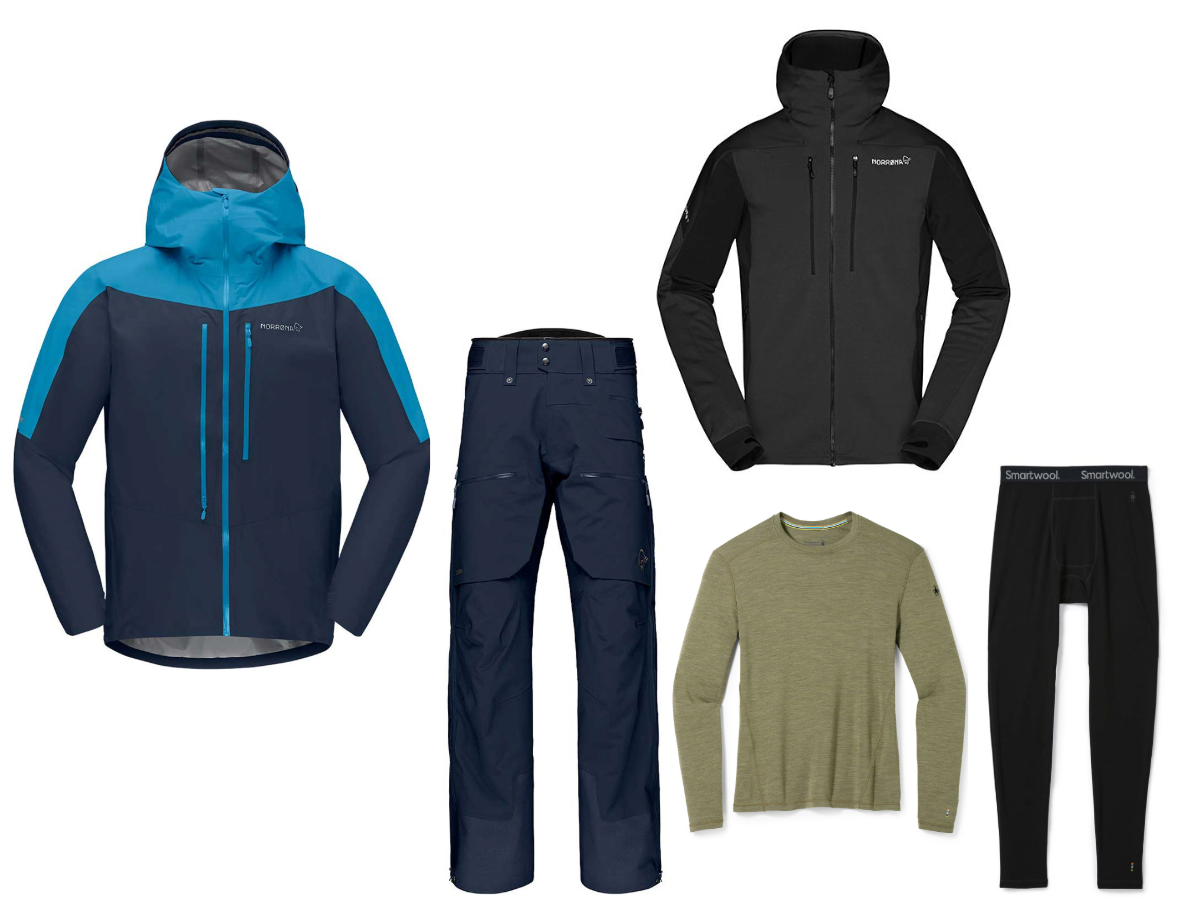
Outer layer: NORRONA | falketind Gore-Tex Paclite Jacket & lofoten Gore-Tex Pro Pants
Middle layer: NORRONA | trollveggen Powerstretch Pro Zip Hood
Base layer: Smartwool | Classic all-season merino base layer top and bottom
Are there any additional tricks you've added?
Add a balaclava to protect against the cold.
In spring, I wear a thin neck tube that absorbs sweat and wrap it around my neck or use it as a hair band.
Reviewer
KinTouN Backcountry Guide (KinTouN)
Kenichi Minegishi
[Main guide area] Kanetsu area
[Profile]
Backcountry guide since 2003.
Hosts a members-only club and camp in an old folk house called Kaze no Tani in Yamakita Town in western Kanagawa Prefecture. Together with members connected through the backcountry, they are building campsites and playgrounds in the mountains using DIY methods. ``I want to ski on a natural snowy mountain just as I ski on waves, which are the energy of nature, and I want to climb a mountain with my own feet and ski as I want.It's because of the risk that I felt freedom.'' [Qualifications]
・JMGA Ski Guide Stage II
